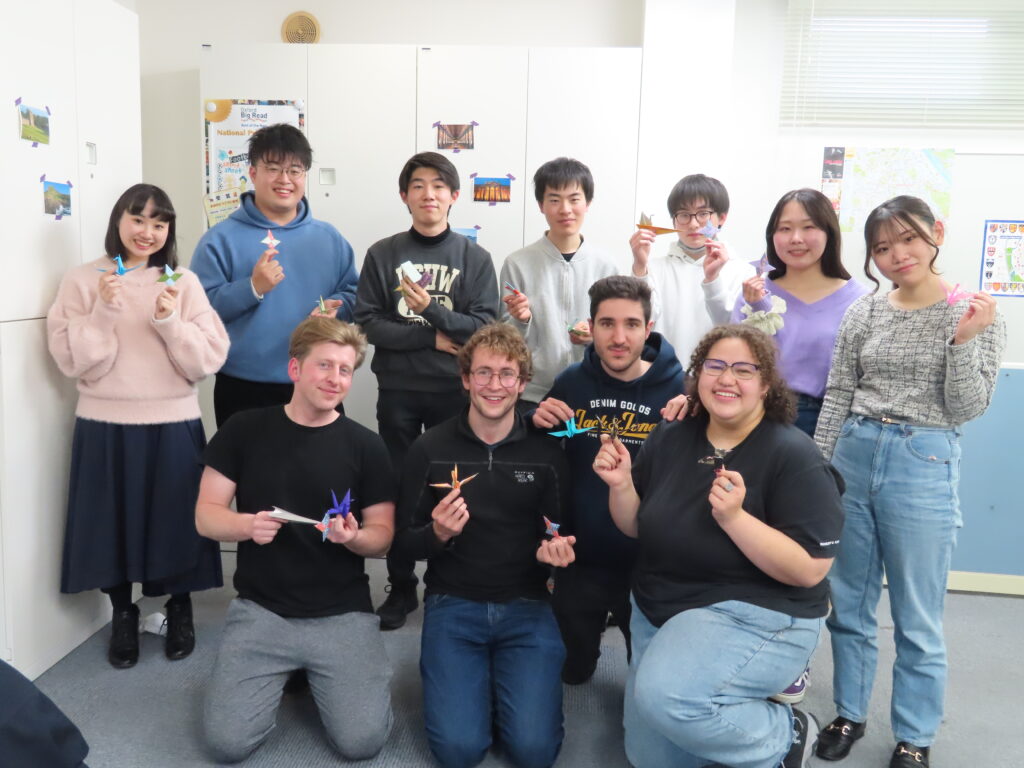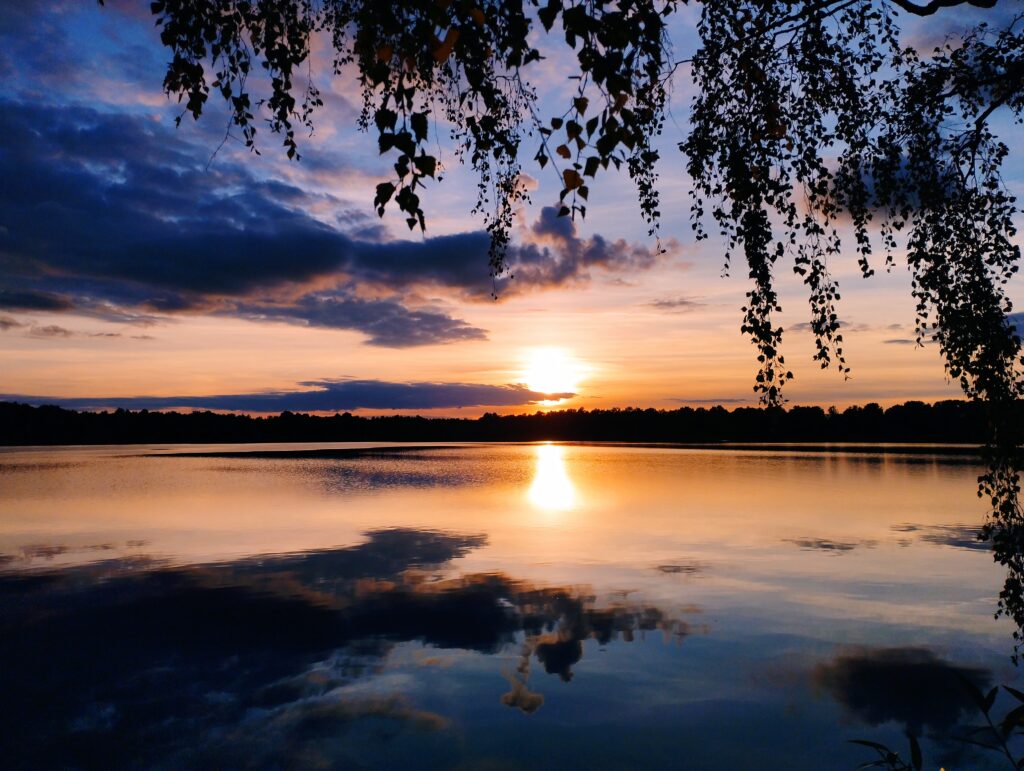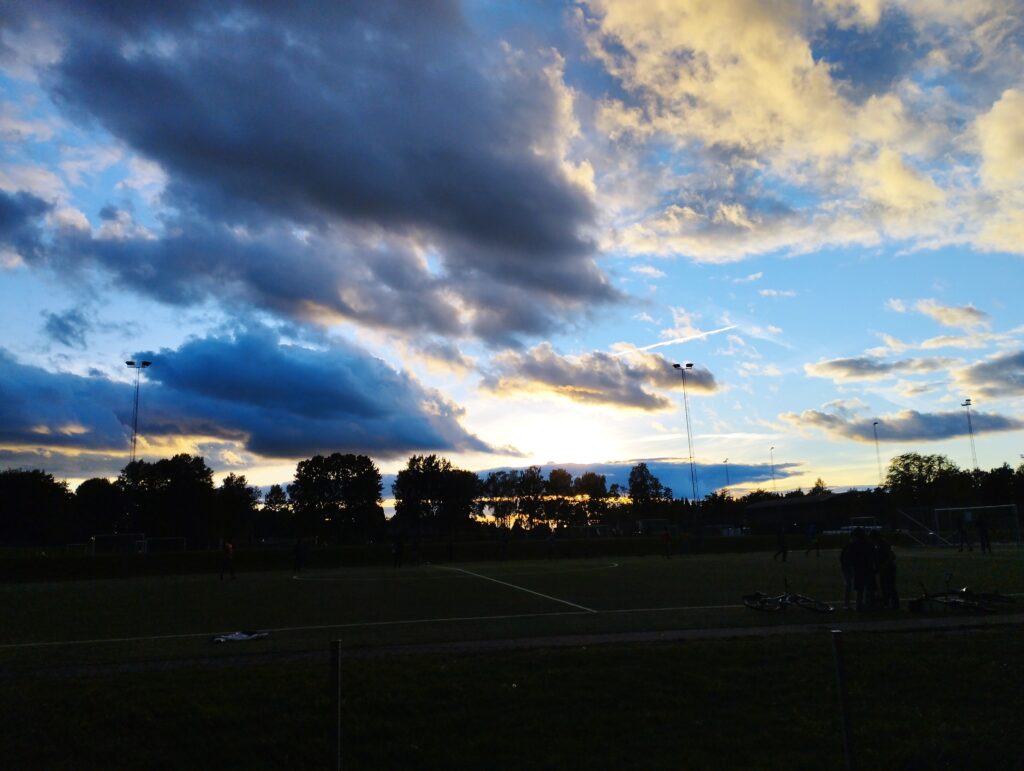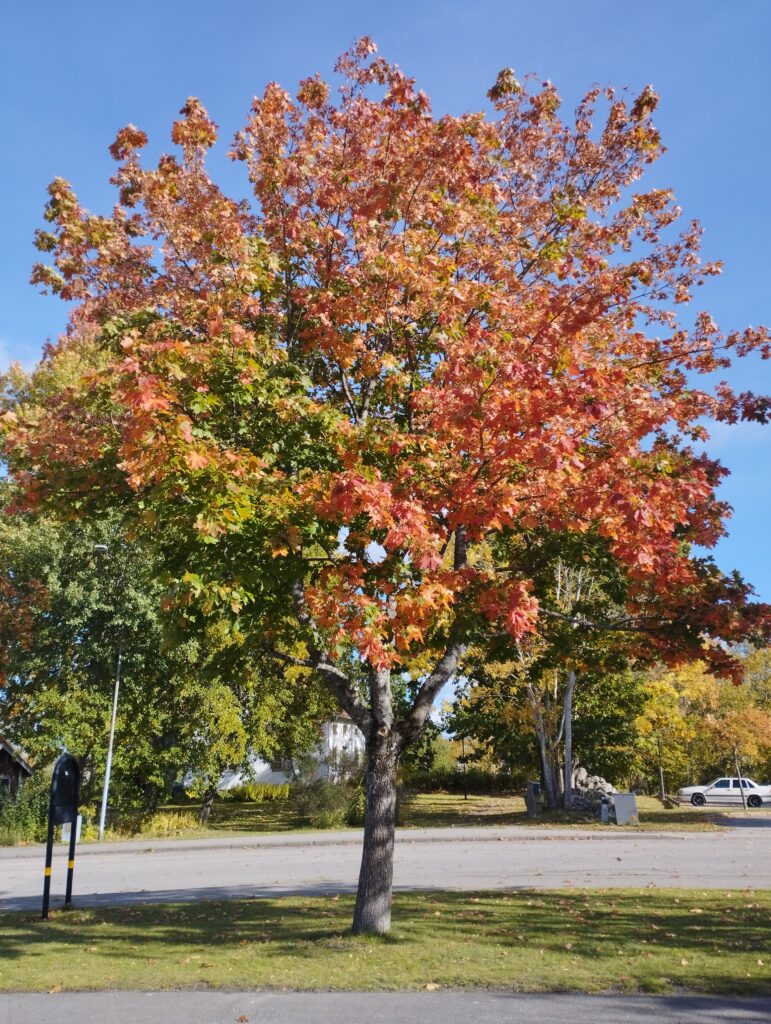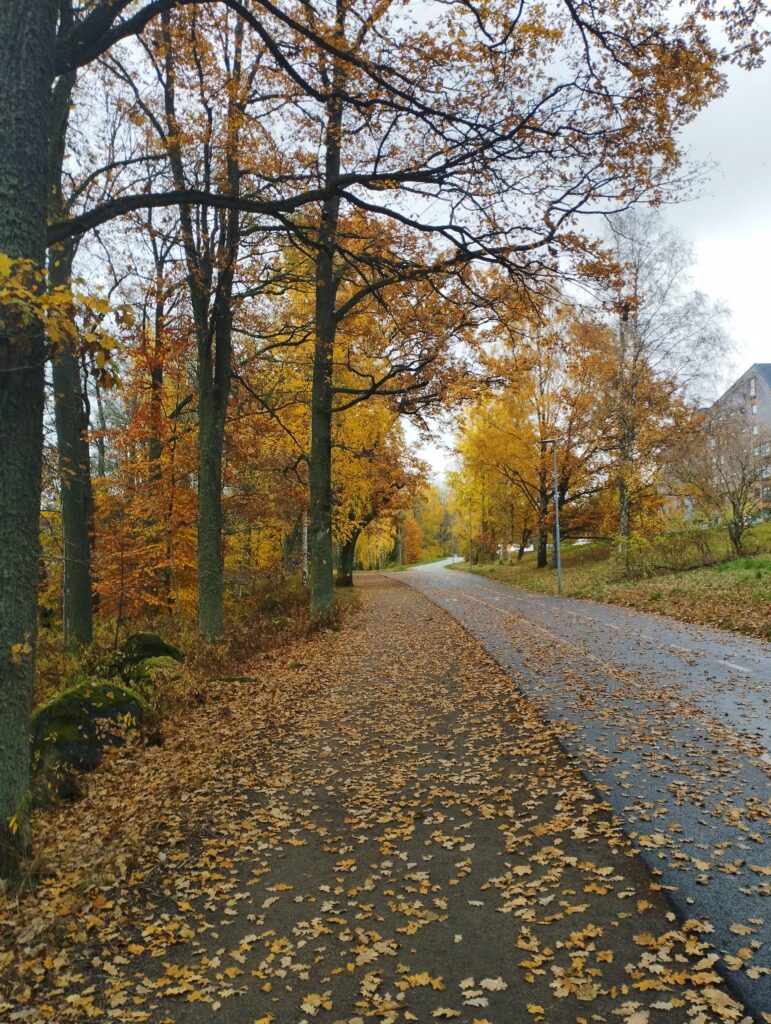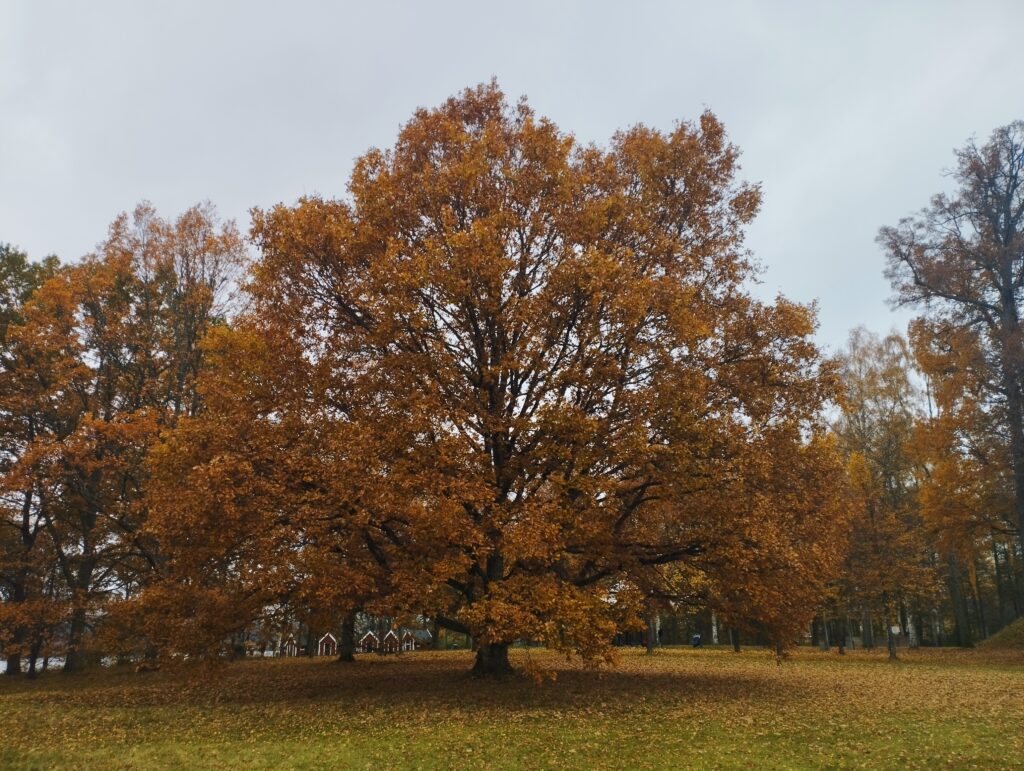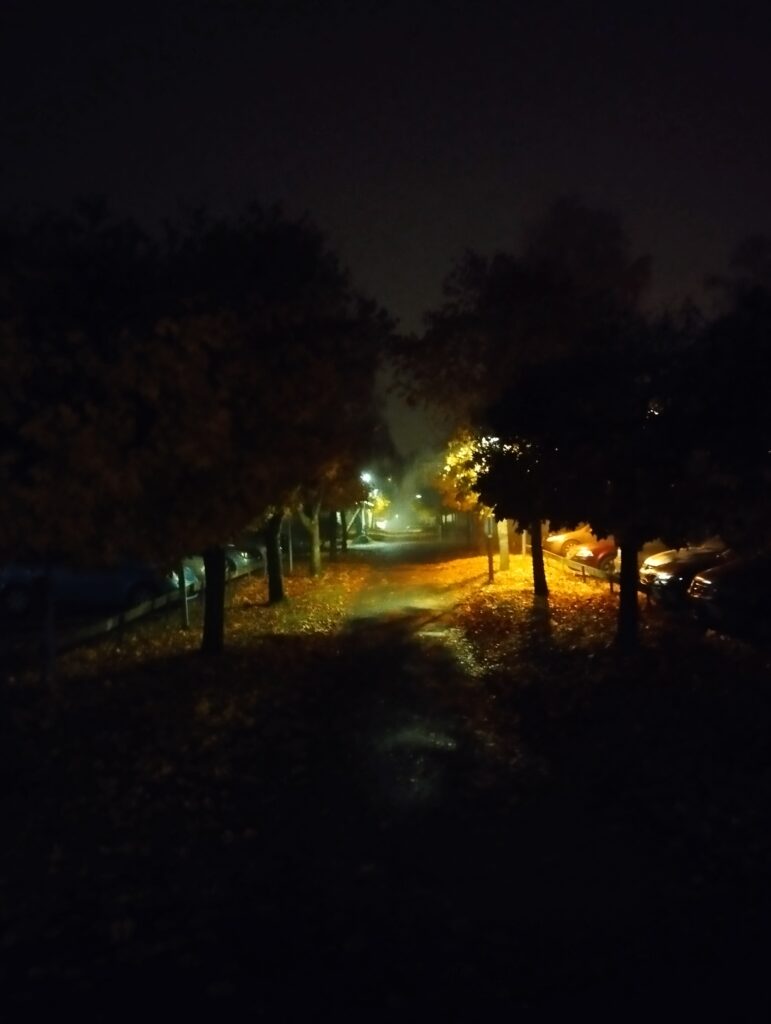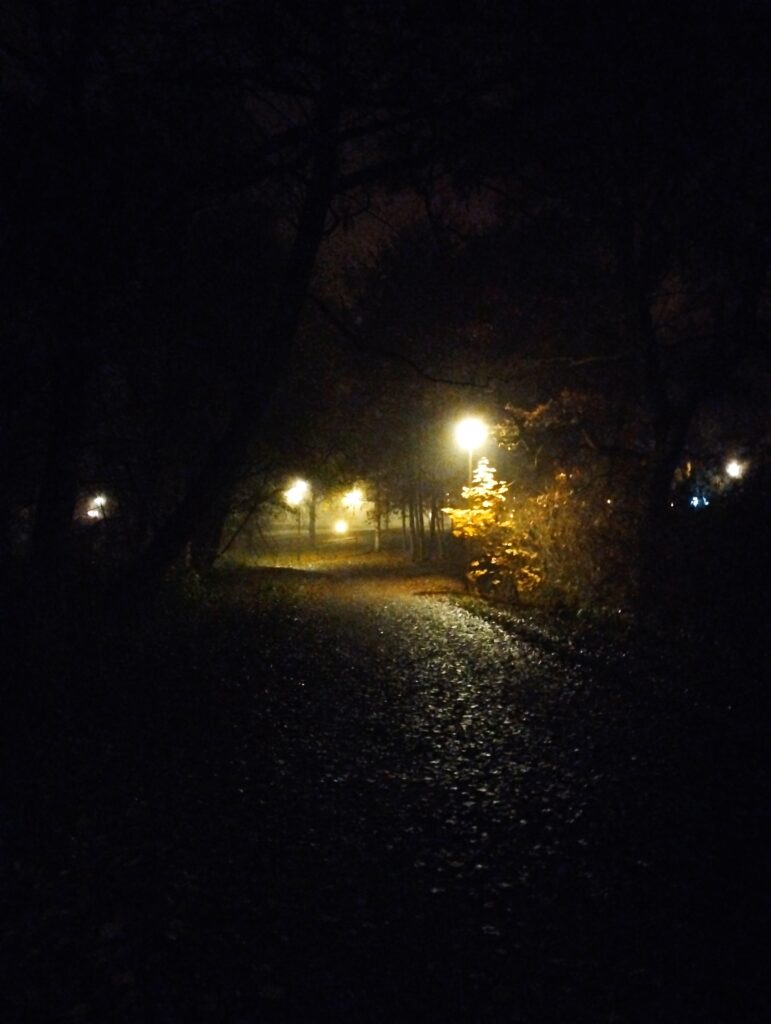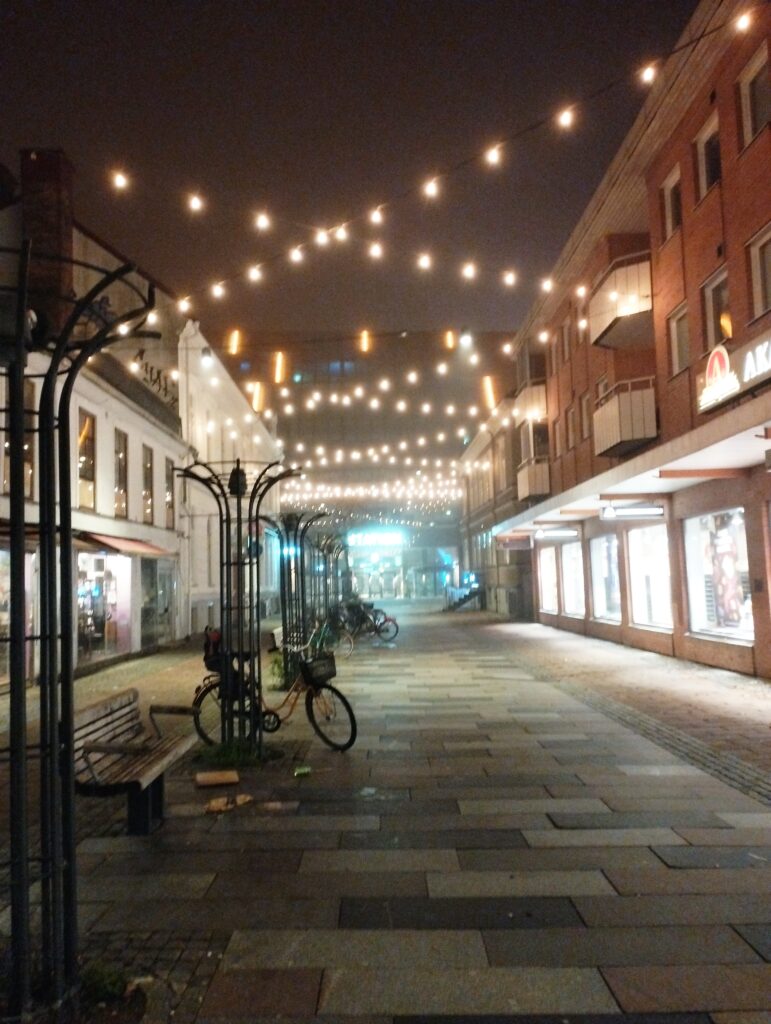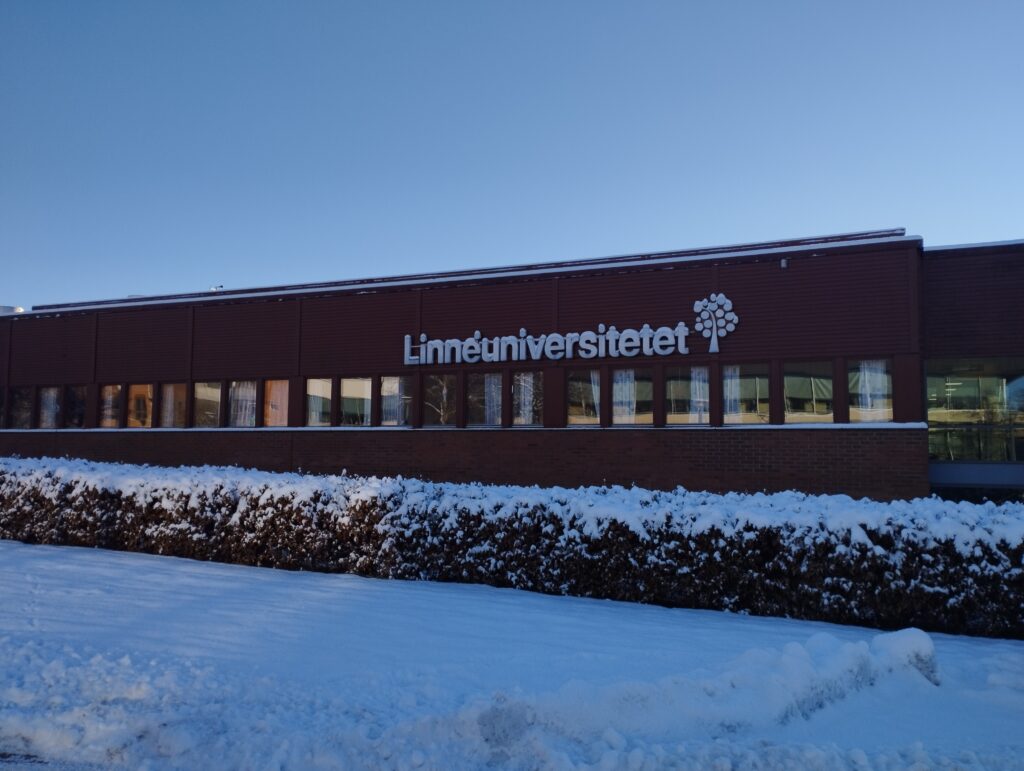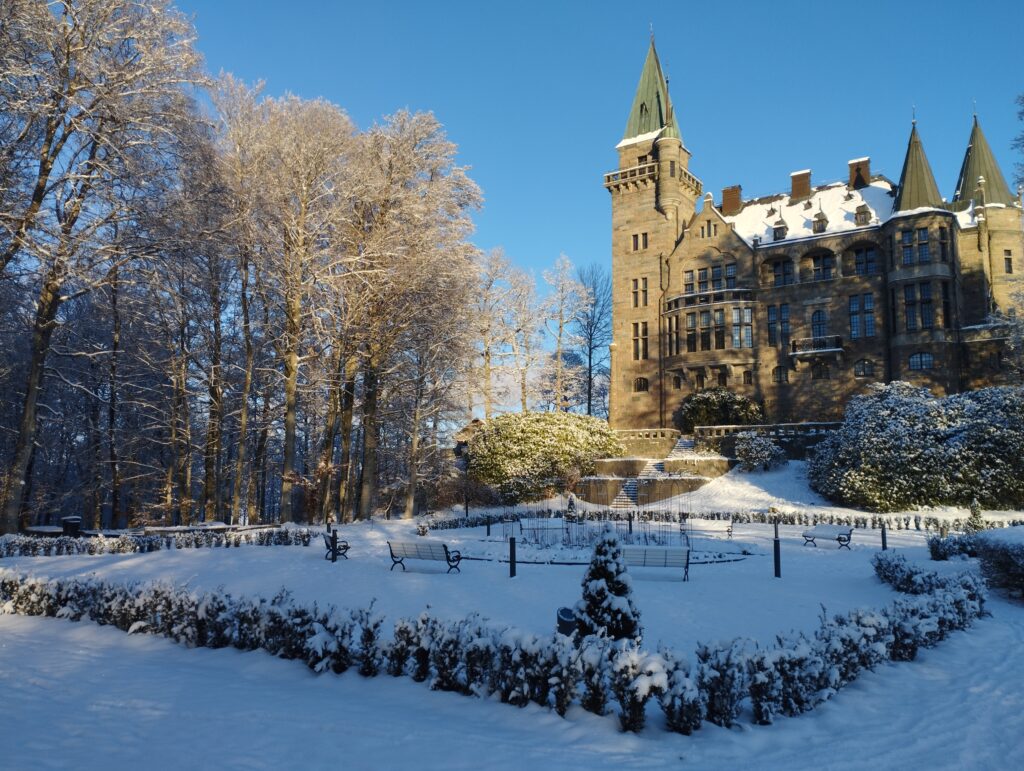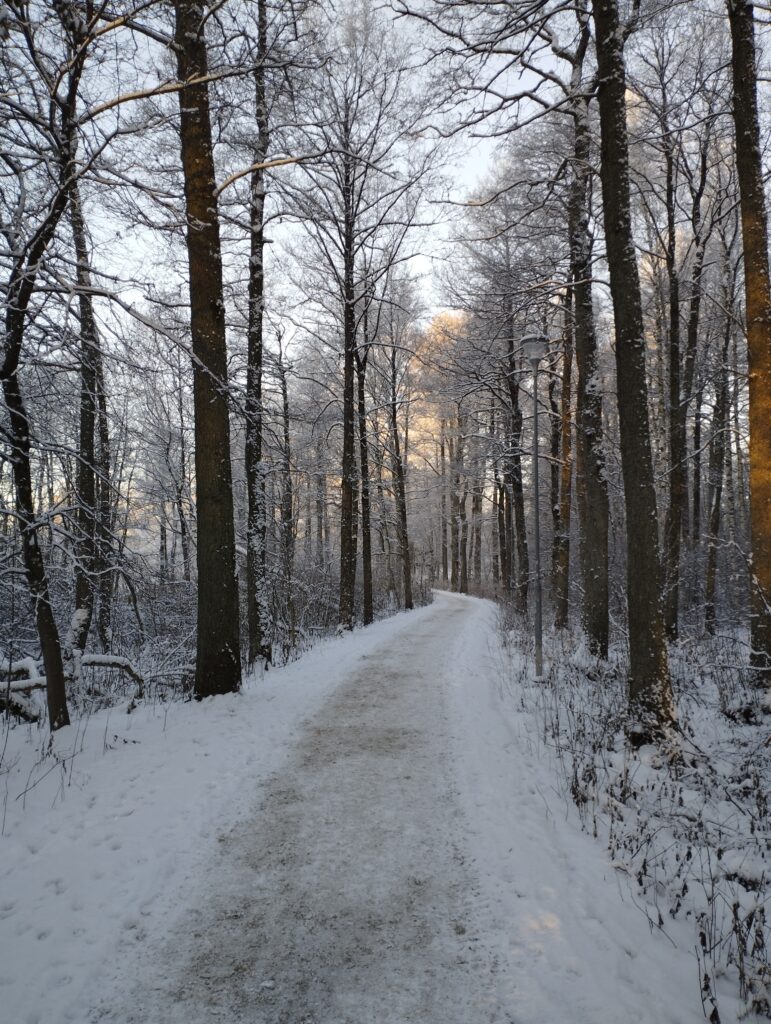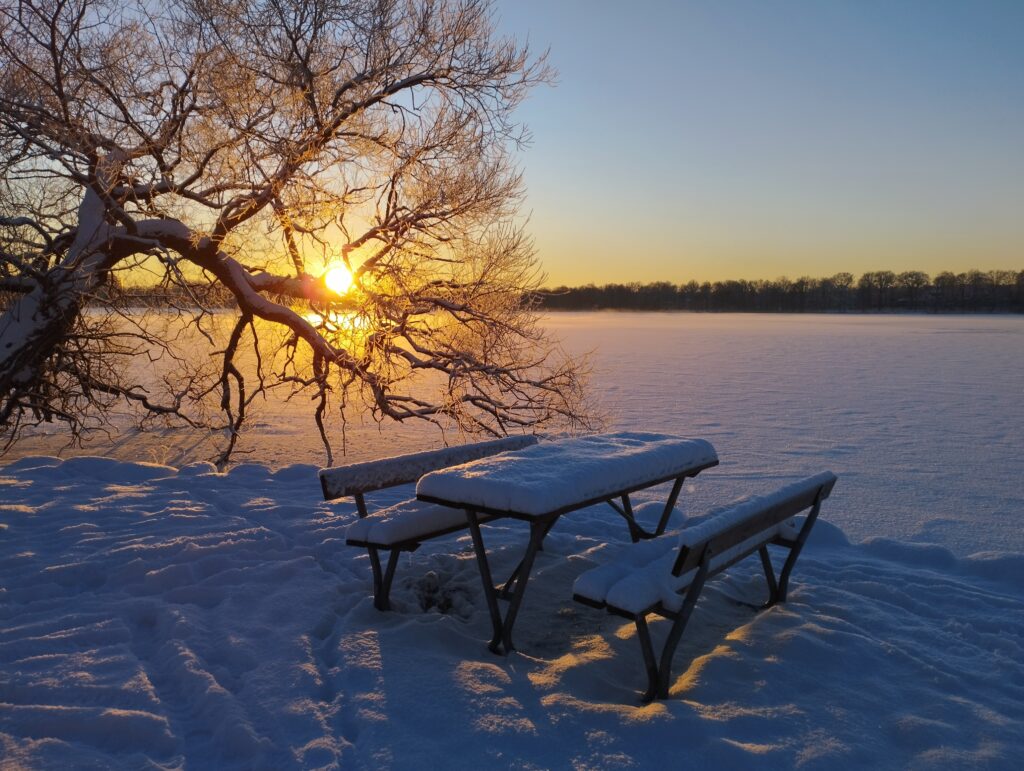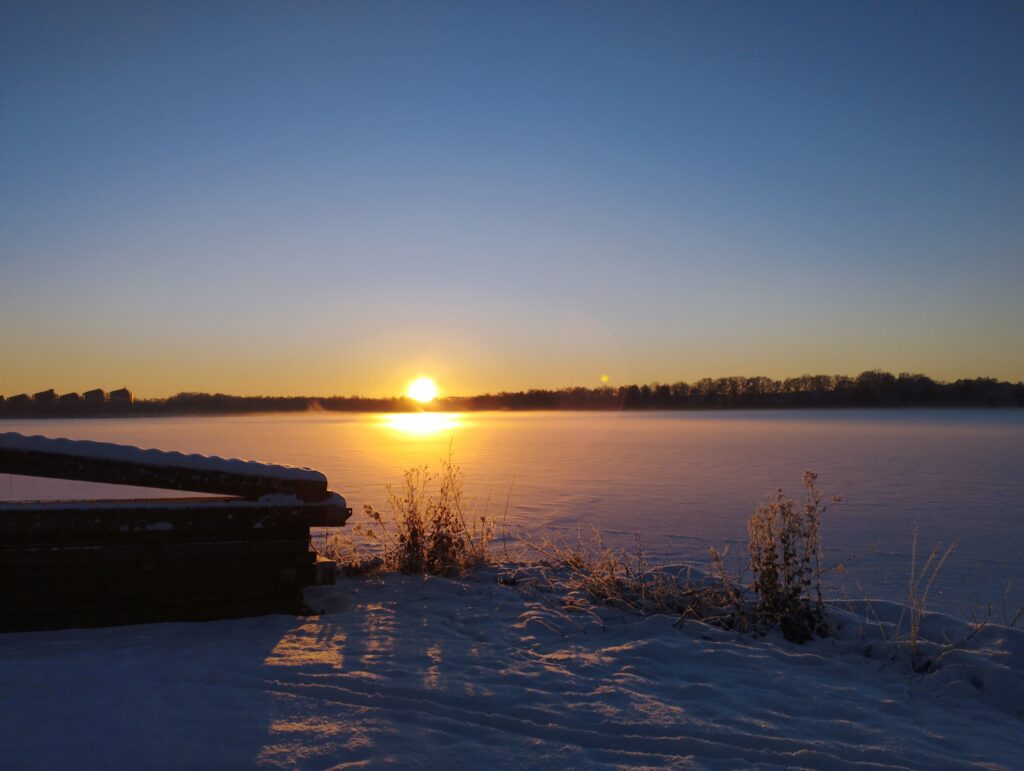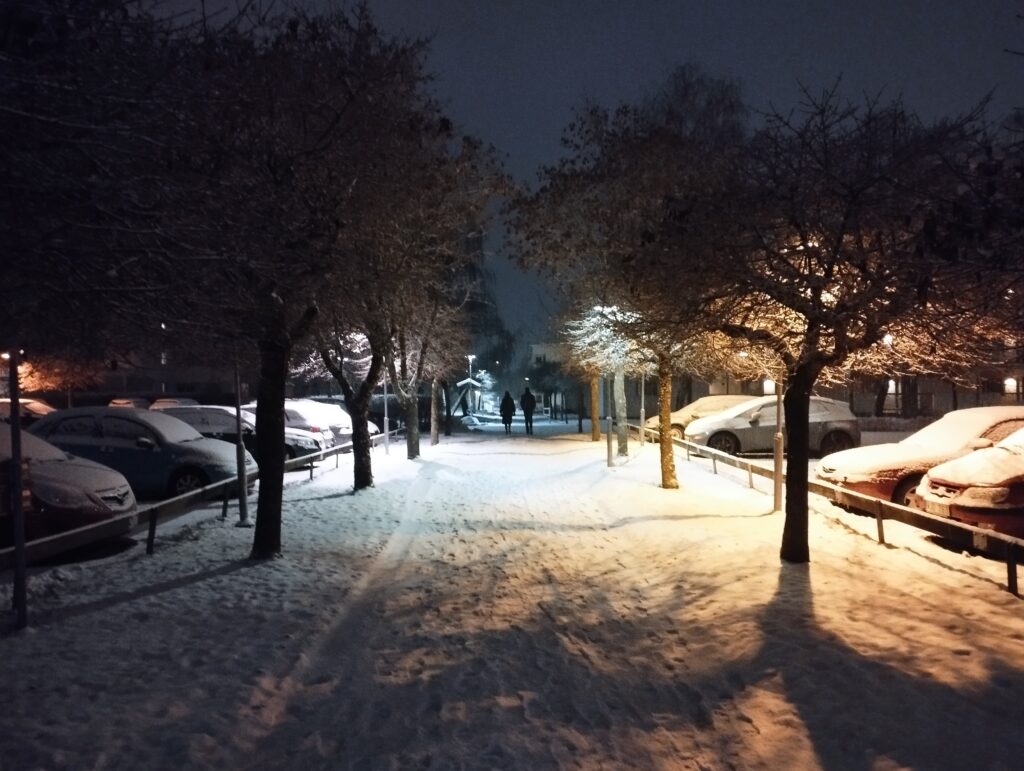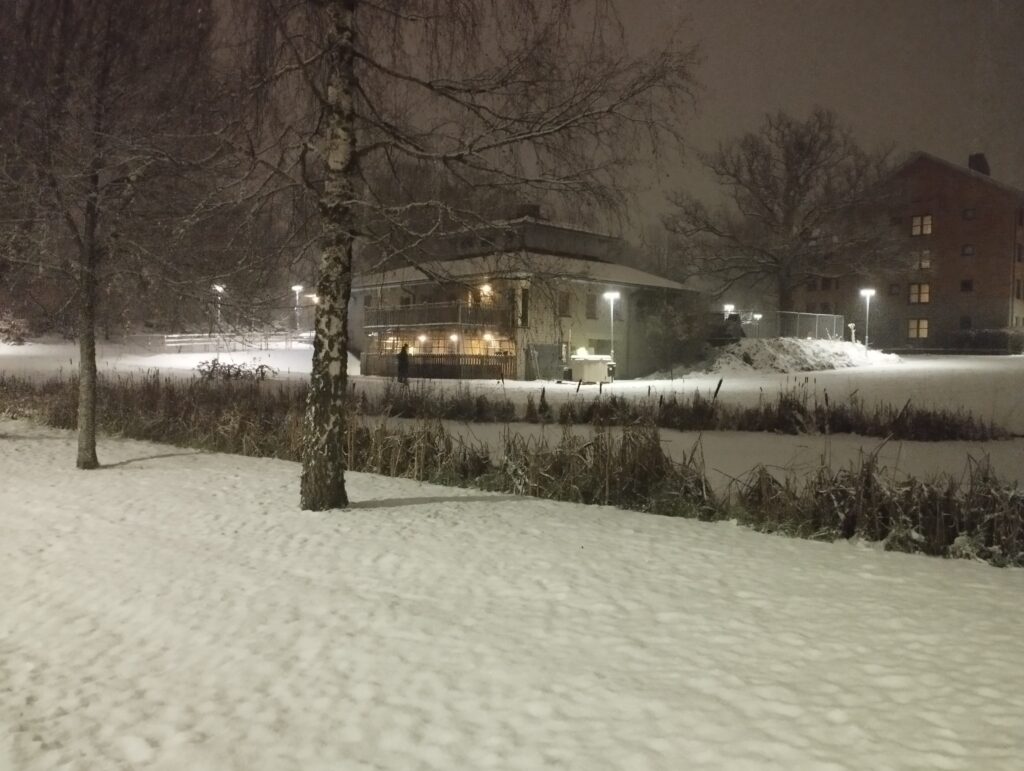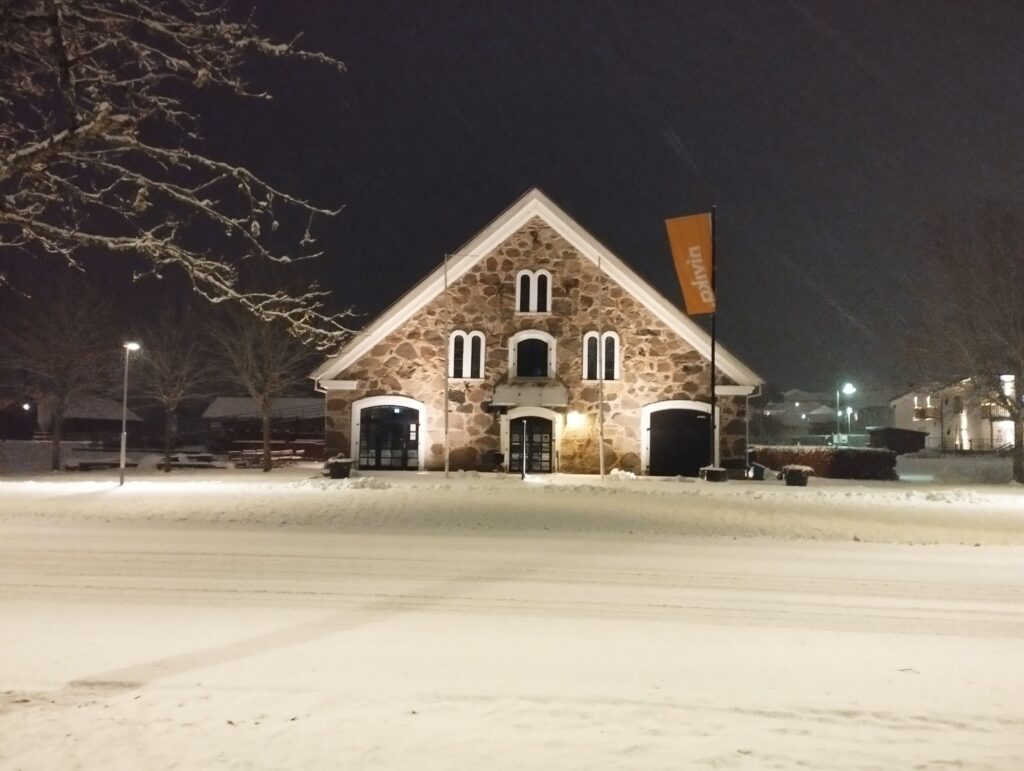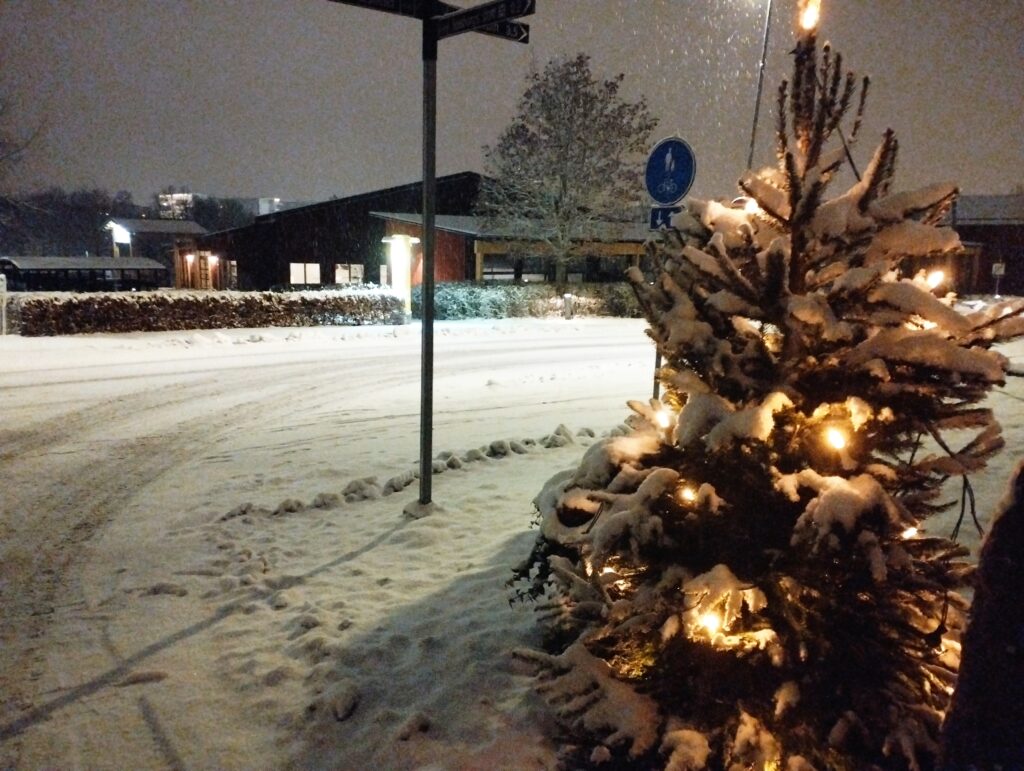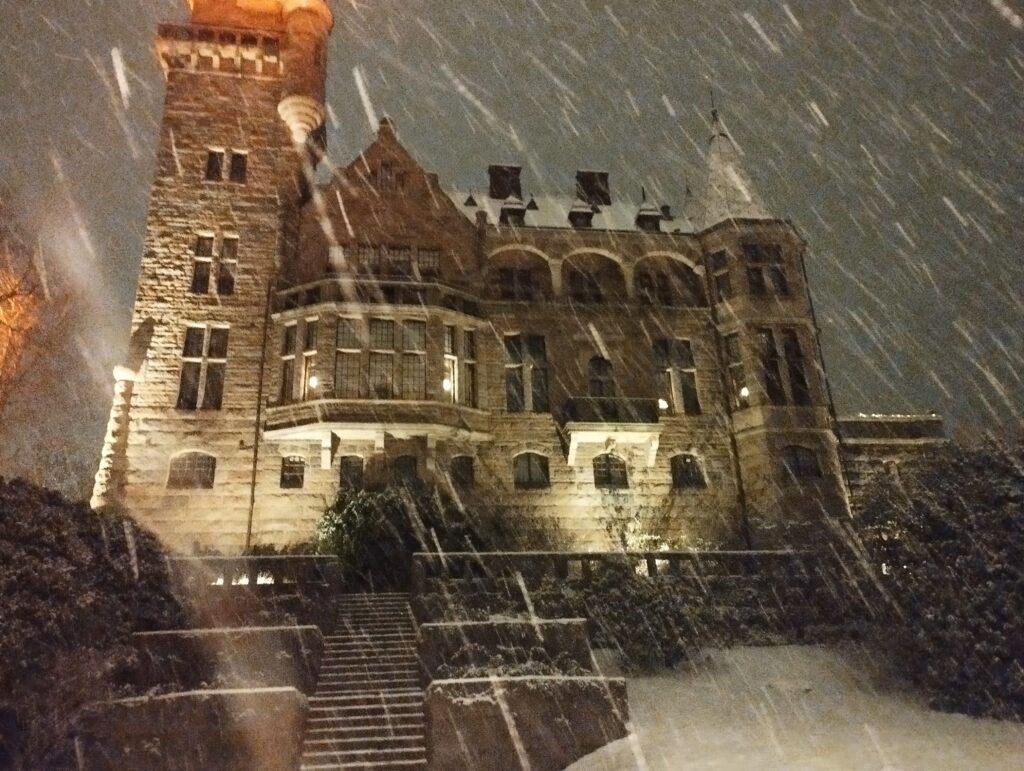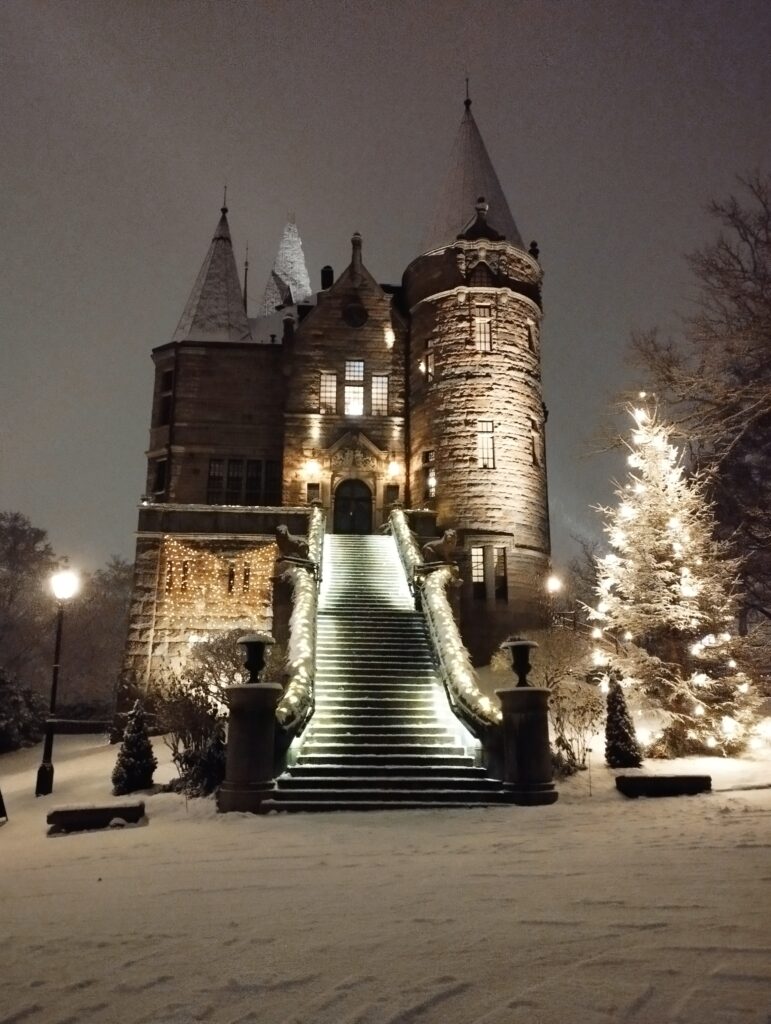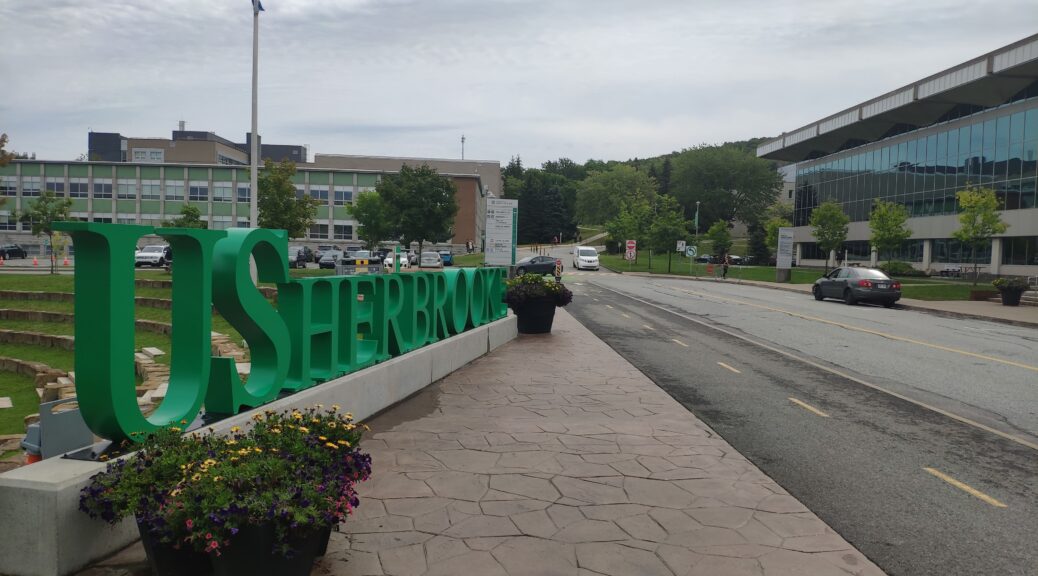My Japanese learning experience in Nihon University (日本大学)
After my exchange semester in Sweden, I’ve directly taken the plane for another exchange semester, but this time way further to… Japan ! So from now on, I’m going to speak about this exchange semester, my experience in Tokyo and a few surroundings !
Let’s start today with what was the main goal of my semester in Japan : learning Japanese !
Main courses
During the Japanese learning, there were two types of courses, what I would call « main courses » which are Japanese language focused, and then cultural courses with a very wide range of subjects, about Japan and its culture.
Main courses were every morning from 9:00 to 12:10. These courses were very complete and thanks to them I could learn a lot on every aspects of the language, from grammar to kanji drawing, listening, writing…
Before coming to Japan, I learnt a little Japanese by myself and because I was always listening to Japanese songs and watching a lot of Japanese content, I knew already a lot of vocabulary and could make basic sentences and have conversations during everyday life. I managed for example to have a quite long conversation with a lady in the airplane going to Japan. It was a very funny moment, I have great memories of it, me trying for the first time to have a good conversation with a Japanese person, in Japanese.
Grammar being the aspect of the language I had the more struggles with in the beginning, I quickly realized how fast I made up for the gap with these courses and I could quickly made more complex sentences. I was also very bad at writing because I never had a good opportunity to practice in France, but again, with a good effort, it was possible to quickly learn the most important kanji that I should have already known according to my level.
Cultural courses
These courses which were focused on way broader things about Japan and its culture were every afternoon, from Monday to Thursday.
On Mondays, we had courses with a new teacher every 2 weeks, focusing on different subjects, economy, musics, the main issues of the country and how Japan could try to solve them, how do Japanese people communicate and the differences with our countries. These courses were all very interesting, with my favorite being the one about Japanese musics and its evolution through years (and also centuries), probably because it’s the Japan-related thing I like to talk about the most.
On Tuesdays we had older-culture related courses, going from shintoism to Japanese gardens and tea ceremony. We learnt a lot on people’s thoughts on shintoism thanks to volounteers, what are the main practices, where do they pray, what are the main elements in these sanctuaries, and if they see themselves as shintoists or not. About Japanese gardens, we learnt what are the different types of gardens (rock, tea, pond) and what we can find in them. We also studied tea ceremony, what people do there and how and the whole ritual around it and how meticulous people are during them. We also had the chance to participate in a few tea ceremonies after these courses.
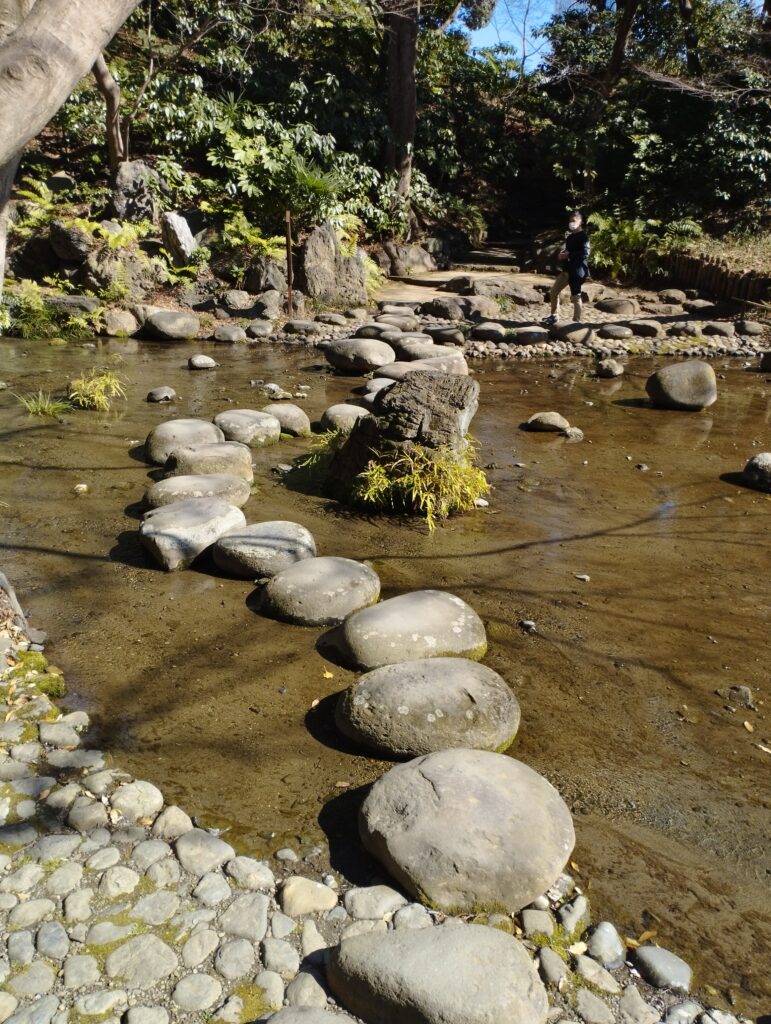
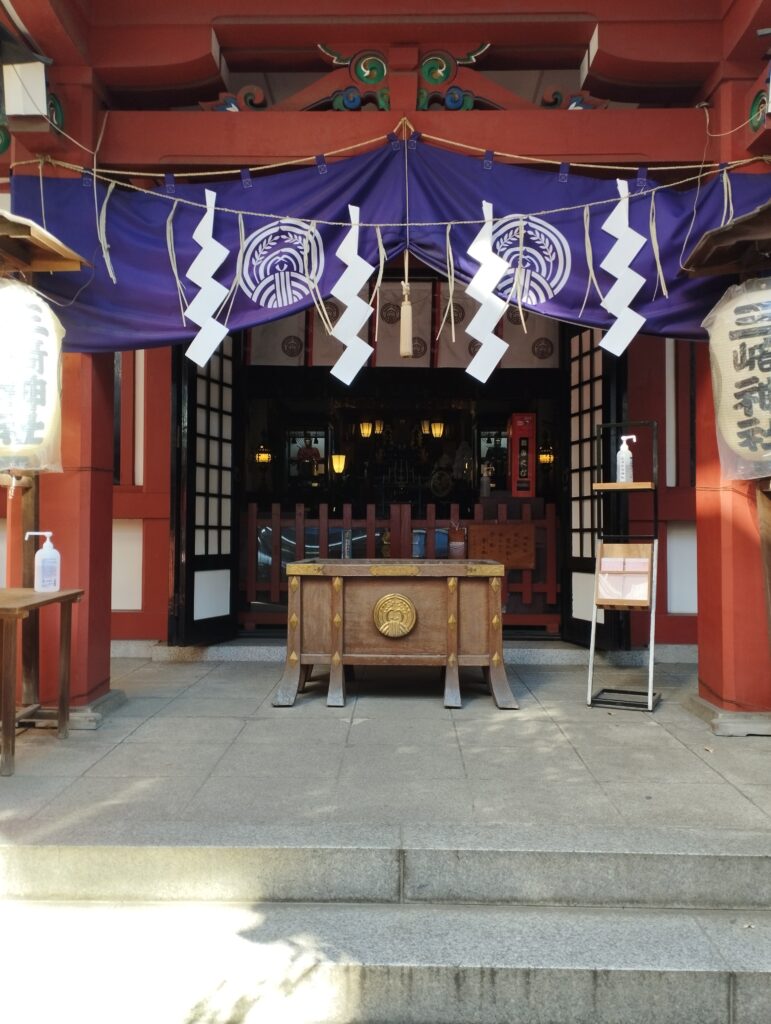
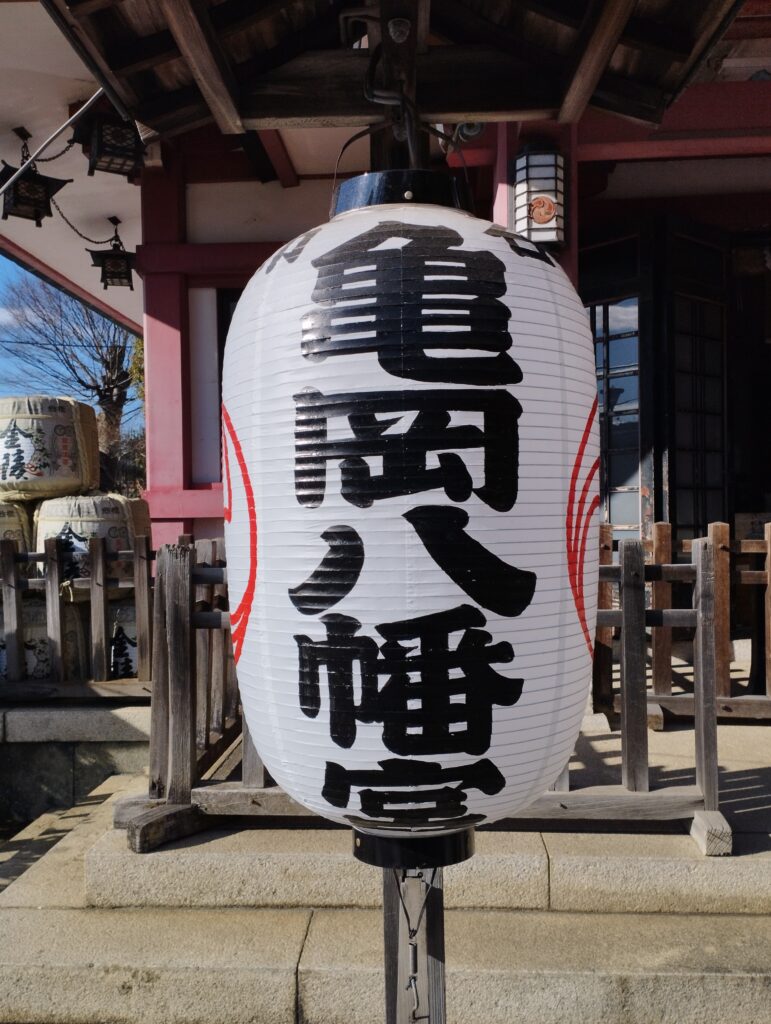
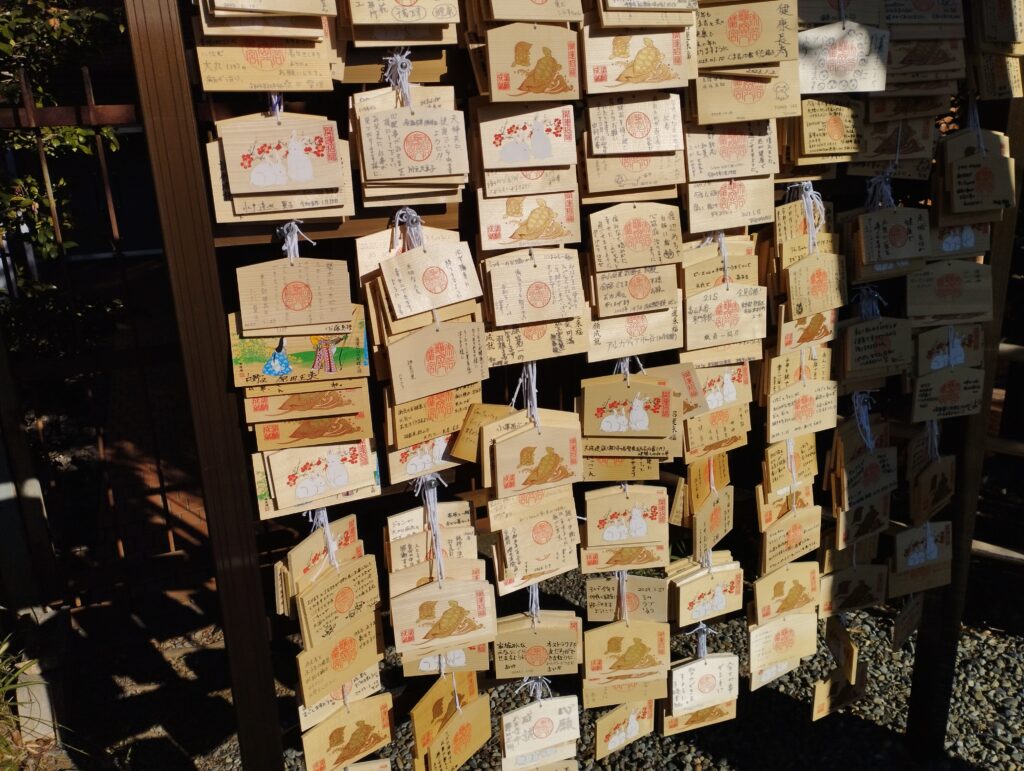


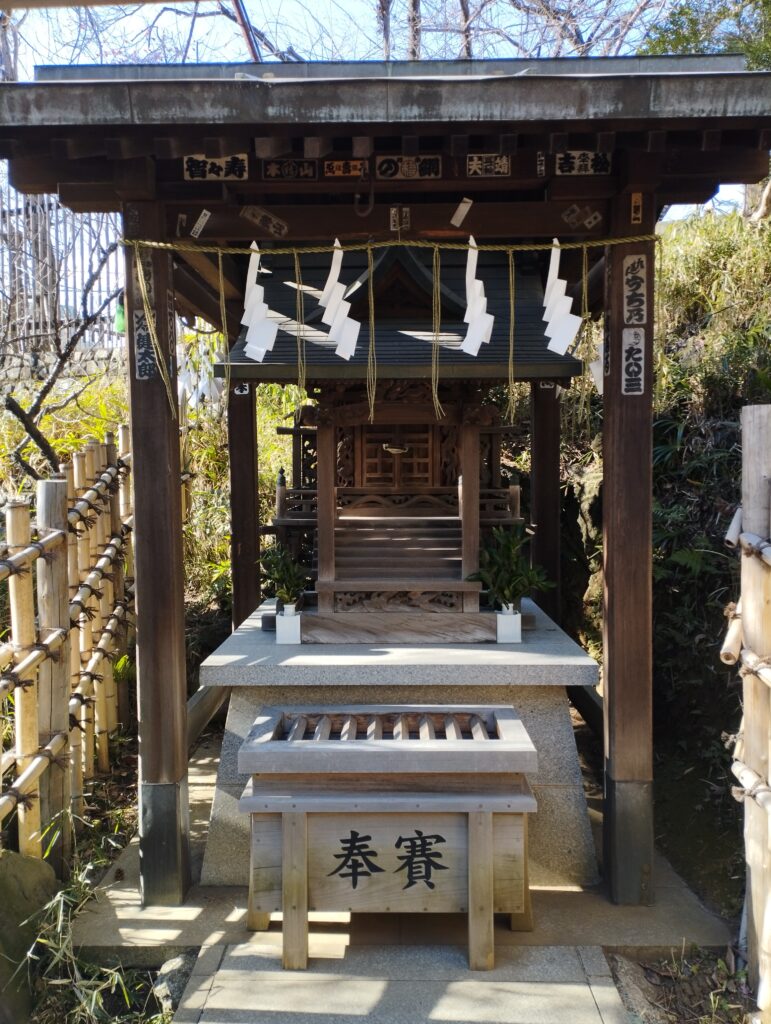
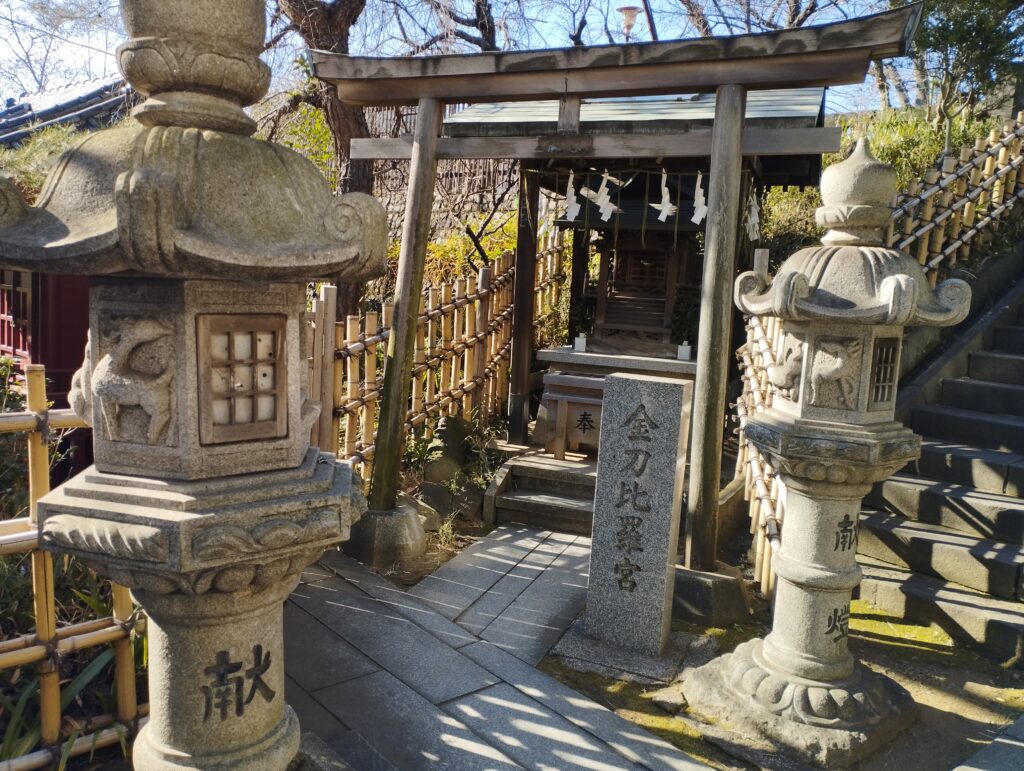
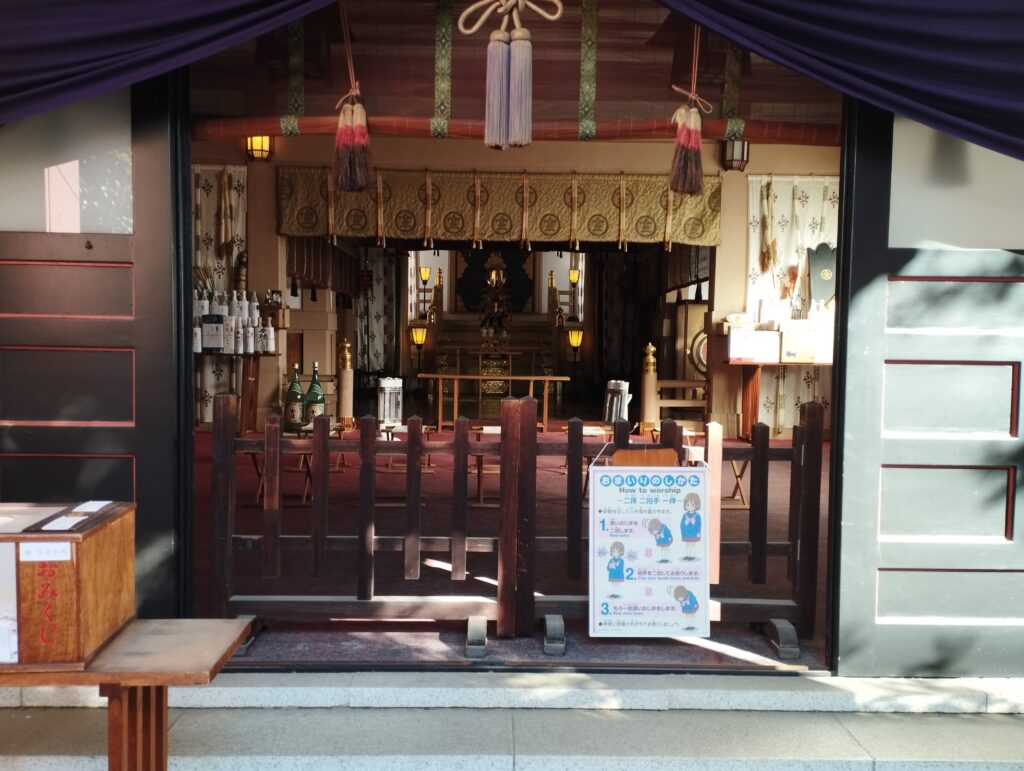
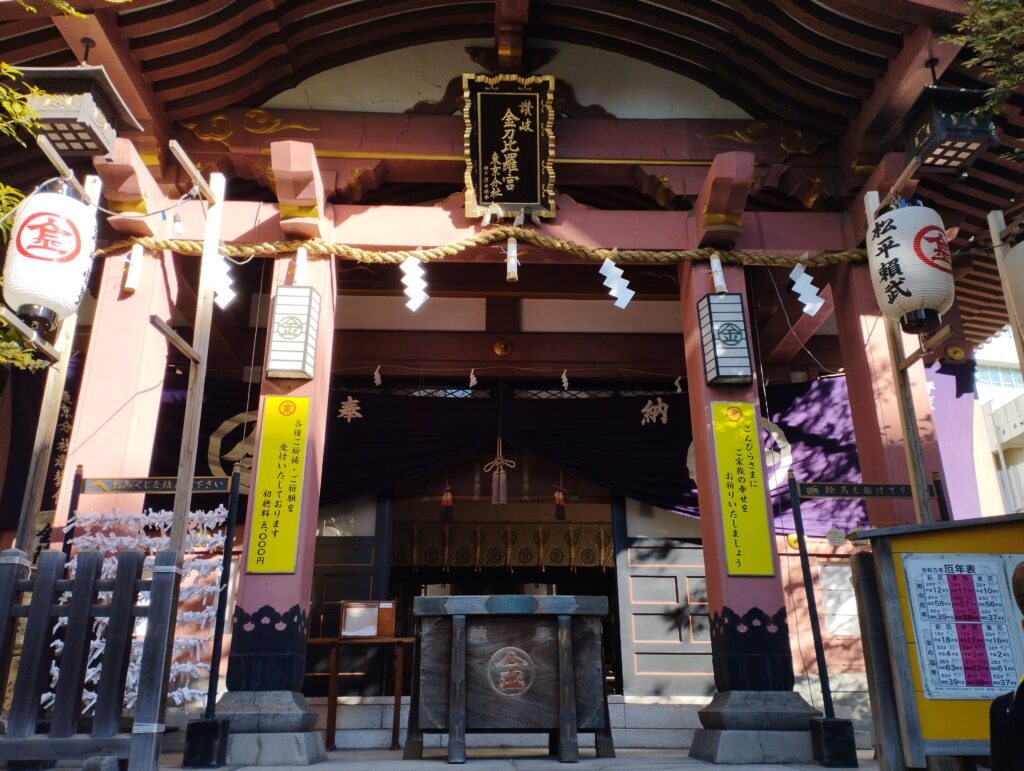
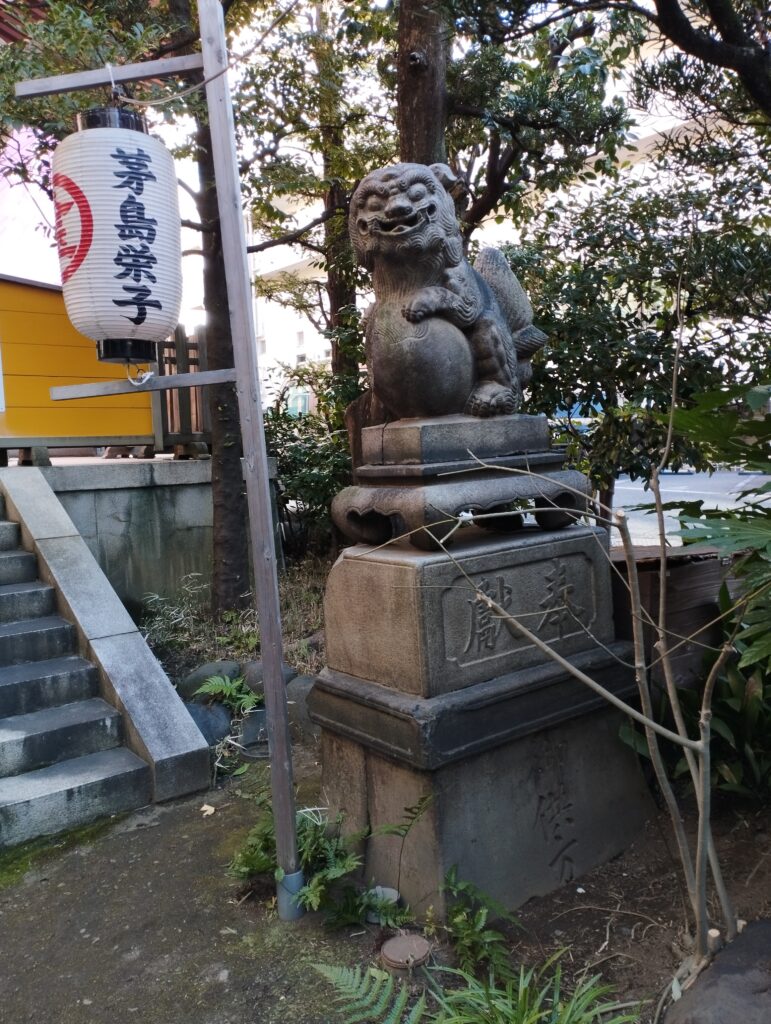

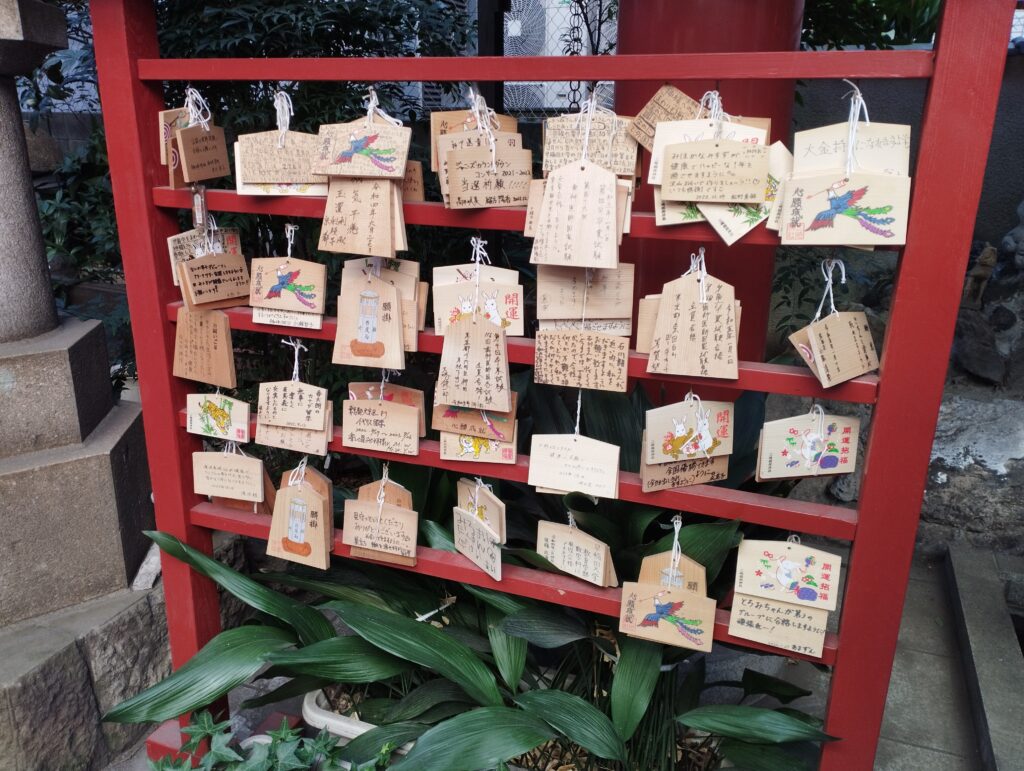
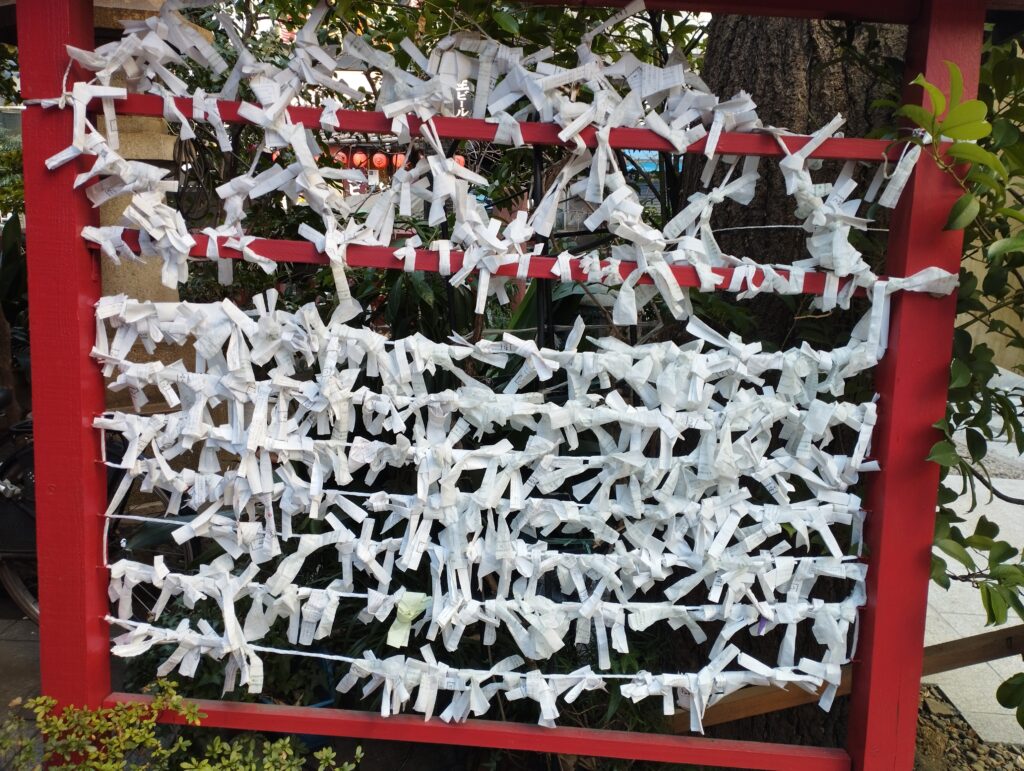
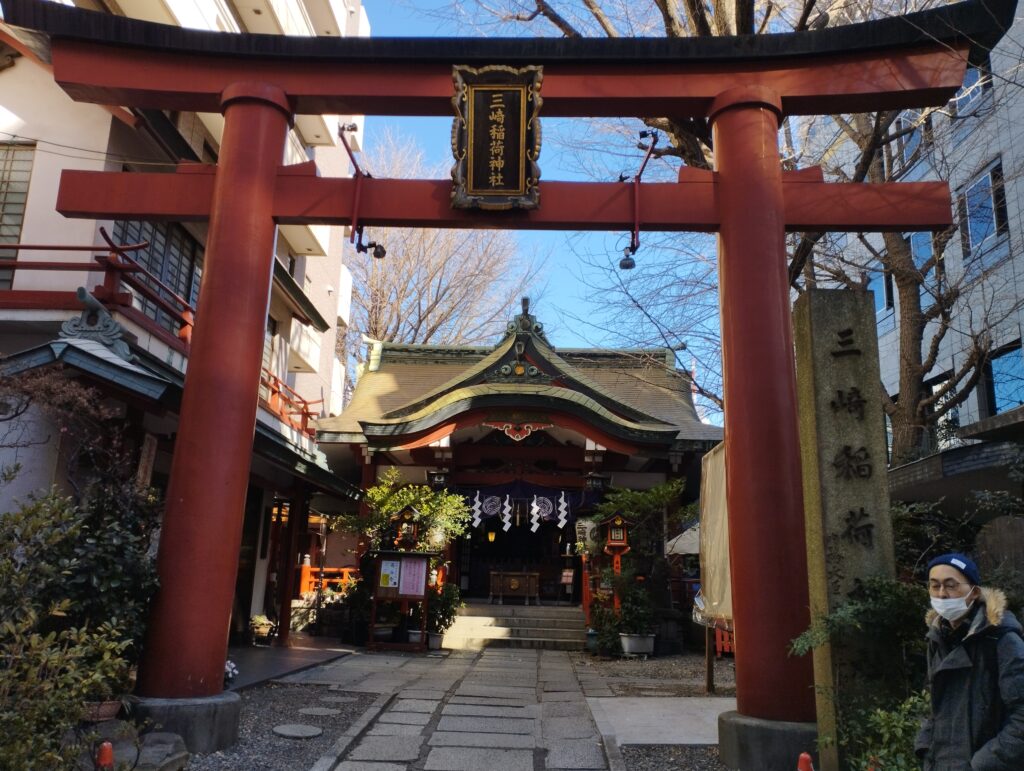

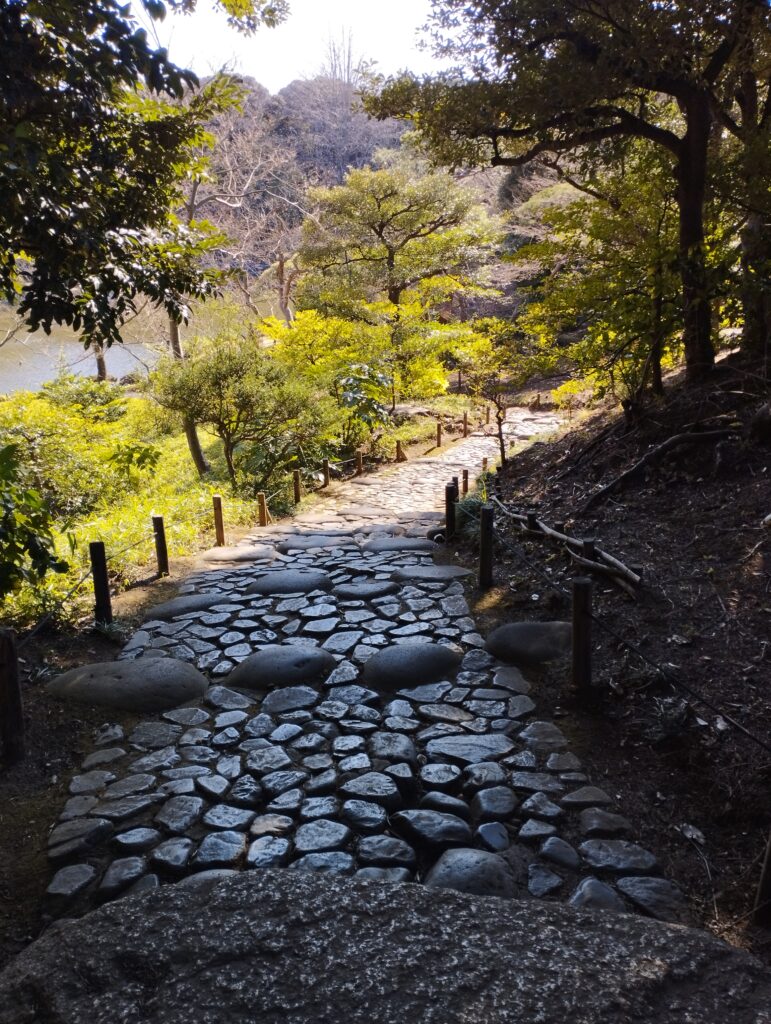



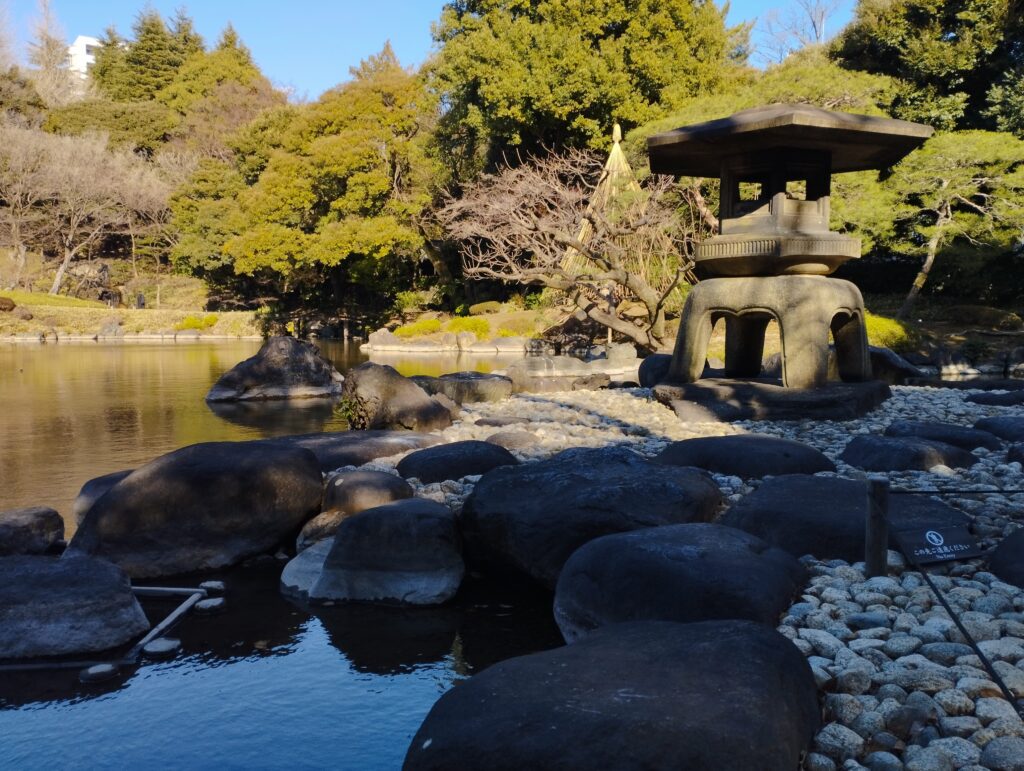

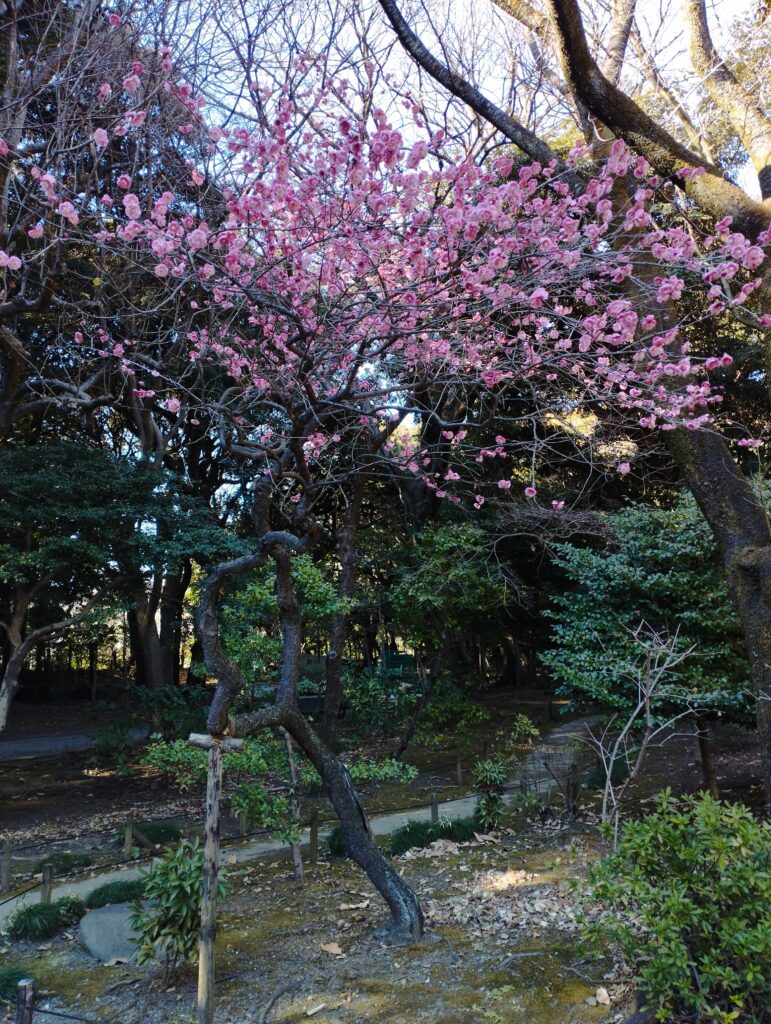
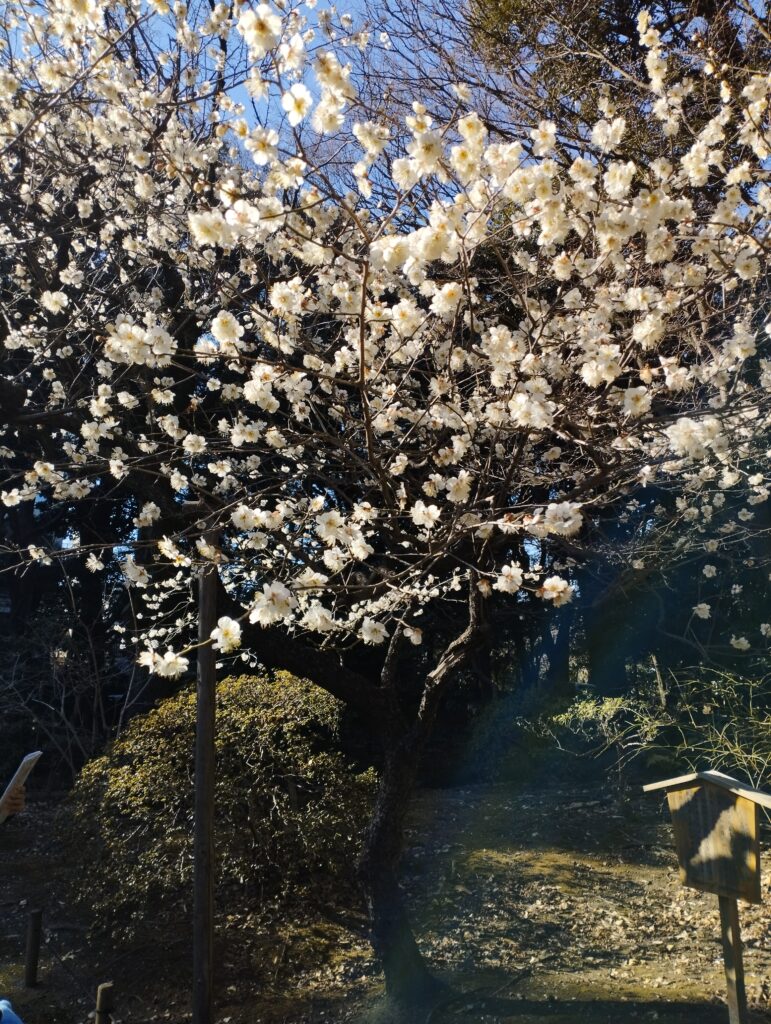
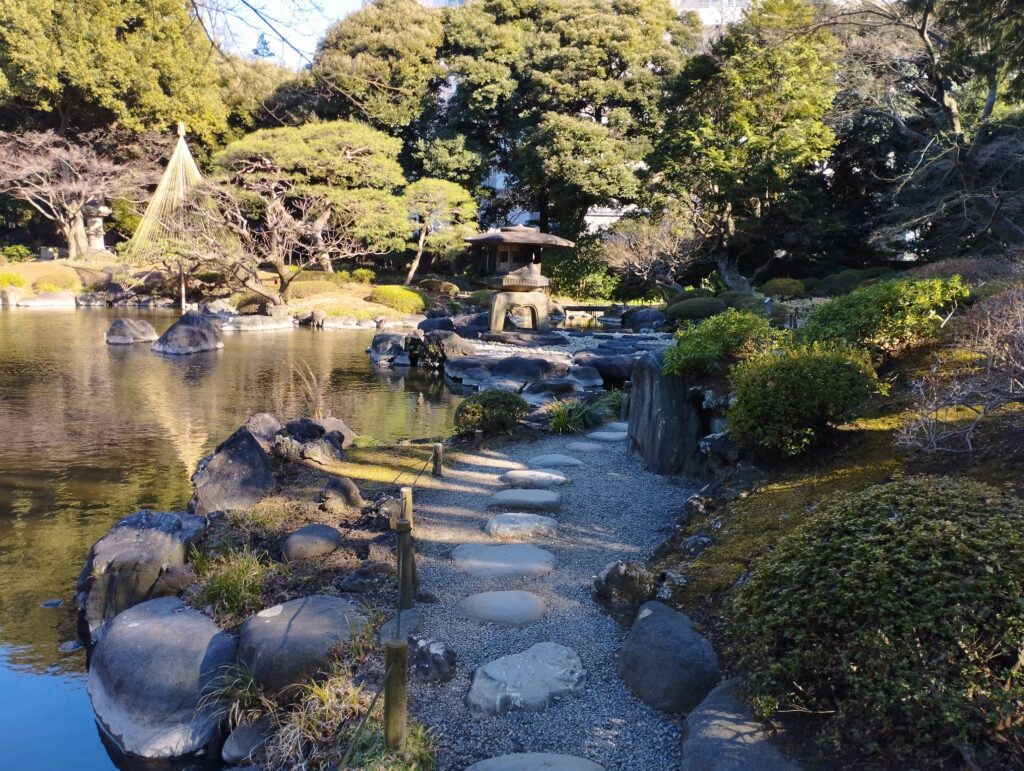
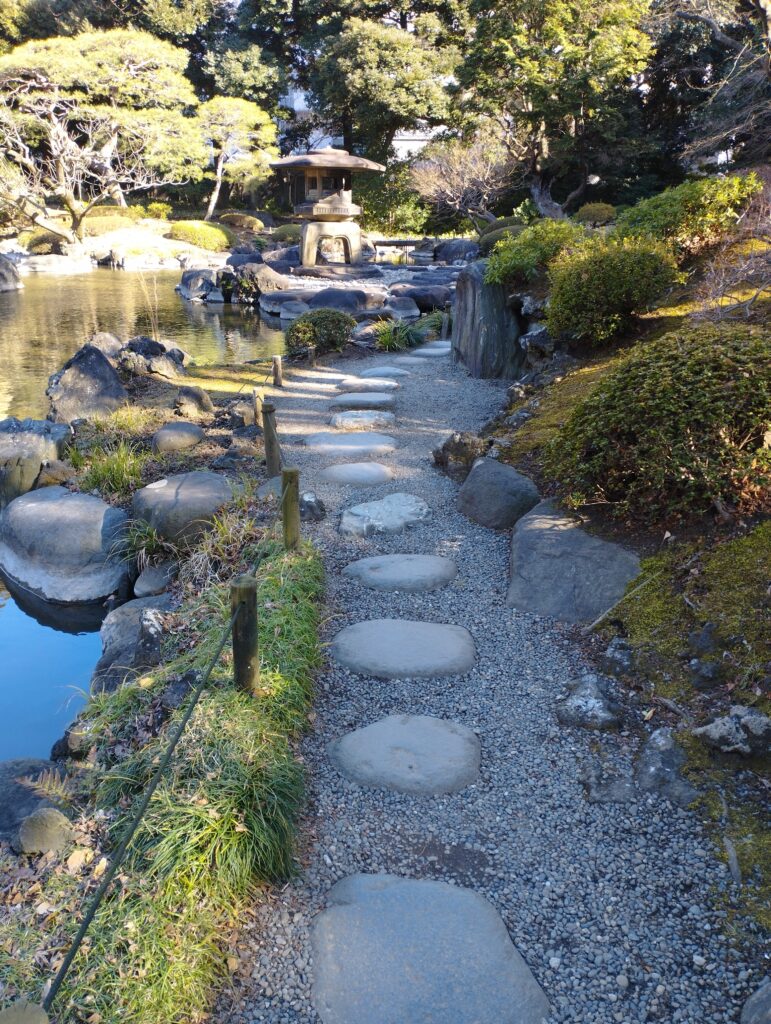
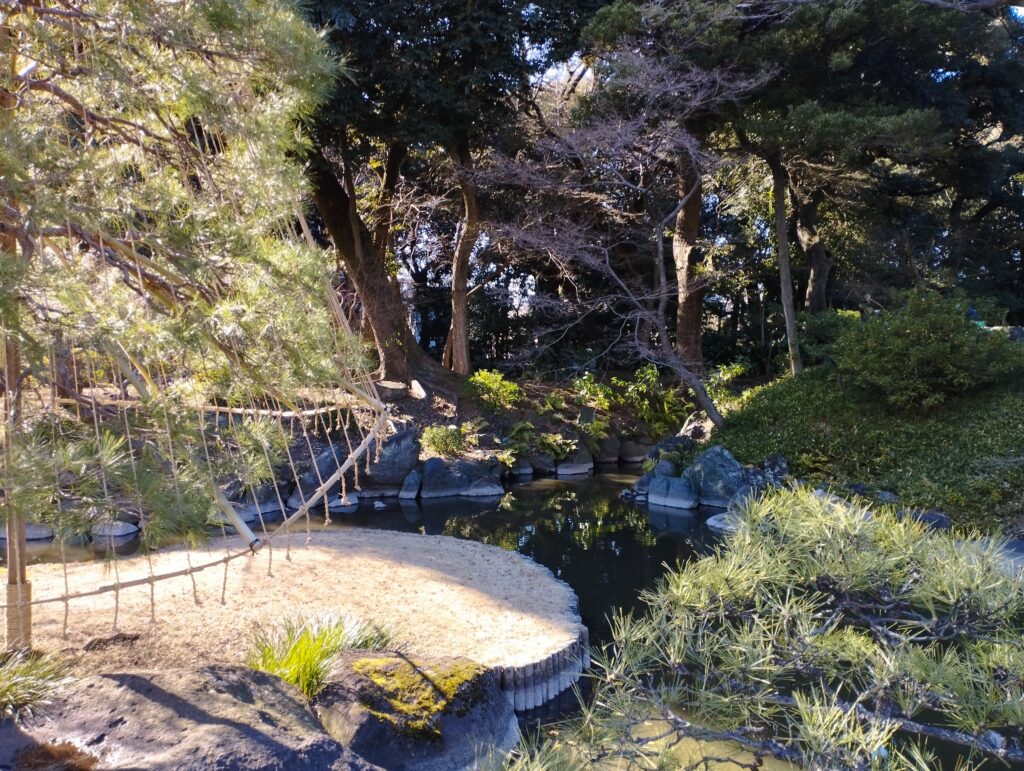
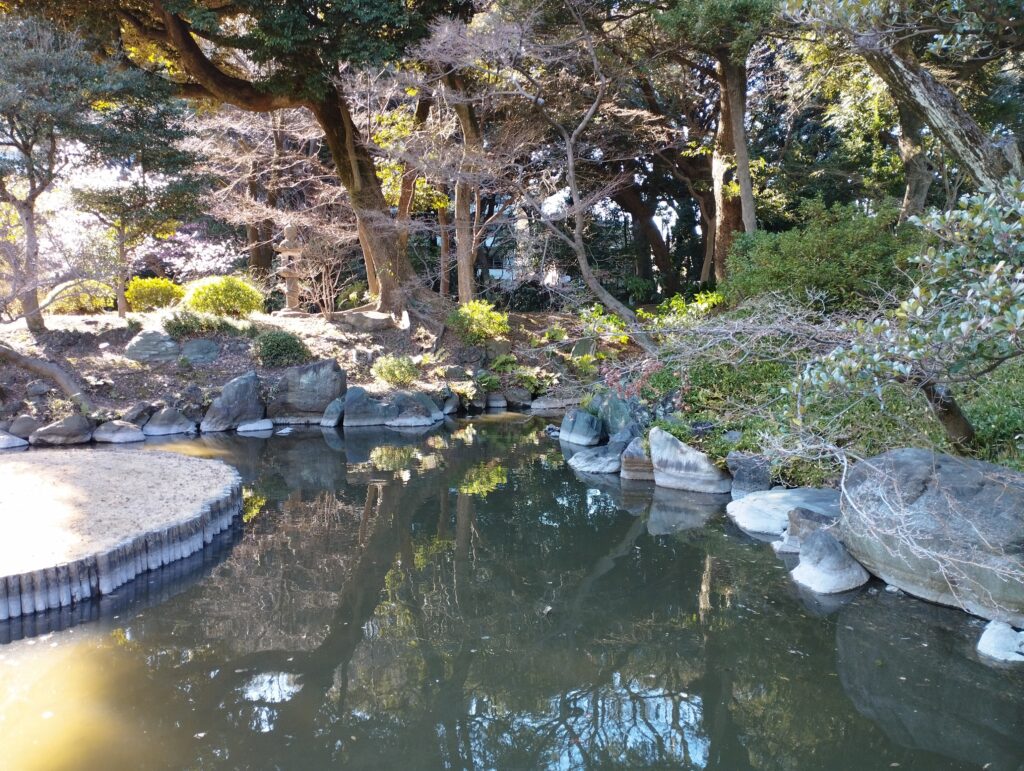
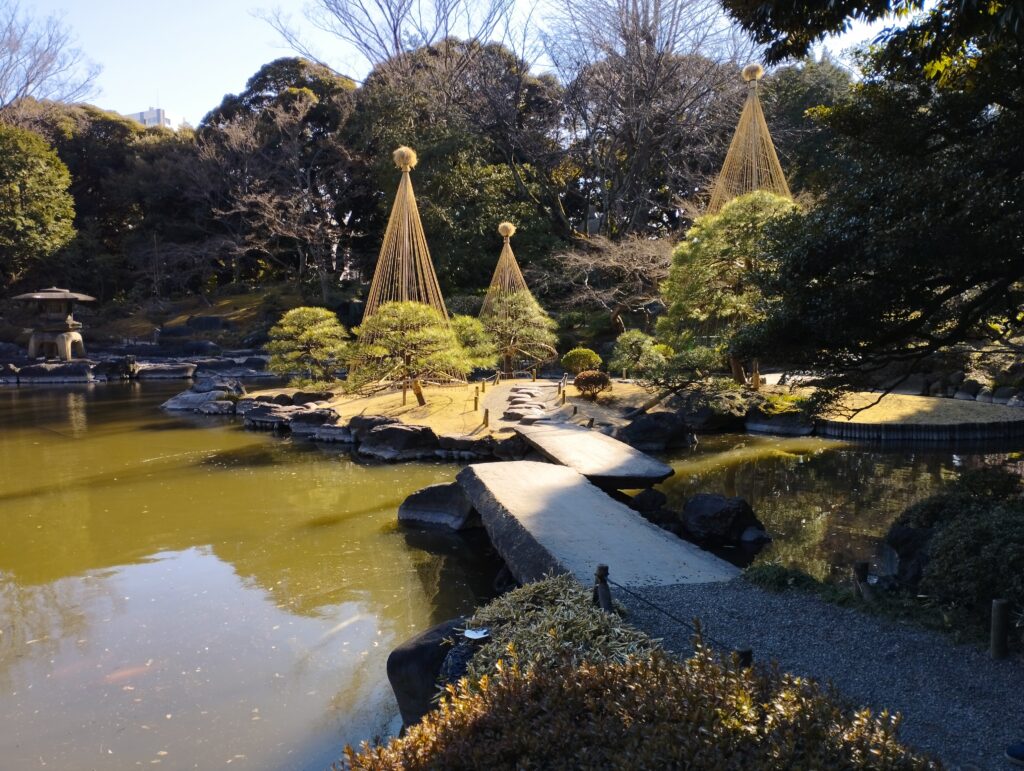
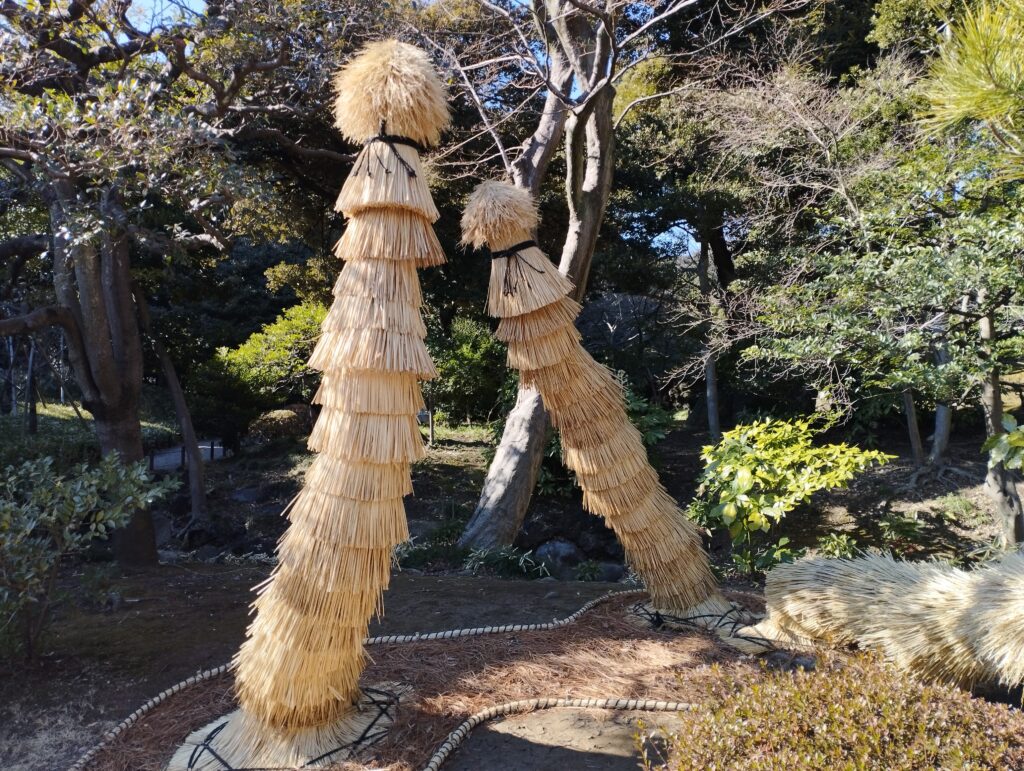
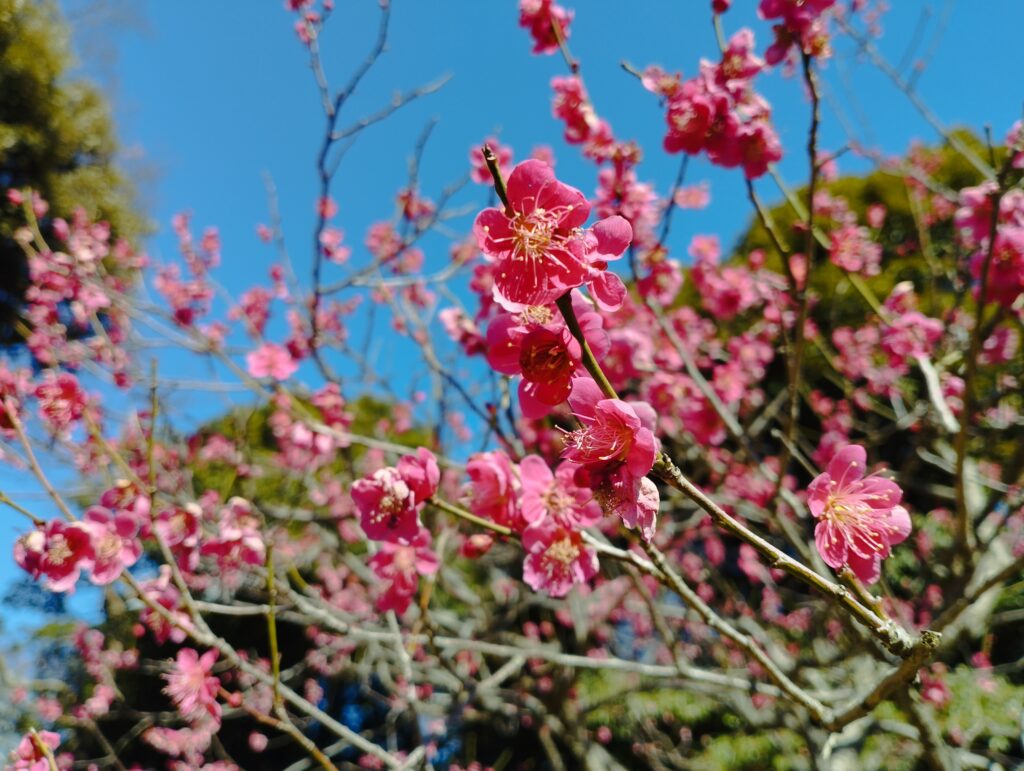

On Wednesdays, we learnt about very broad topics among Japanese society and culture. We for example learnt about Japanese natural disasters like earthquakes, tsunami, Typhoons. We had the chance to go to a disaster prevention building(防災館)and to learn how to react in case any disaster would occur. Fun fact, I felt the first earthquake in my life on the day after this visit. During this course, we also talked about Japanese mindset and its origins, why they think more about the group than themselves. It was a very interesting course where I could learn a lot of things.
On Thursdays, we had autonomous learning courses. It’s a course where we could learn Japanese the way we wanted to with help from Japanese students. We were told that we could for example learn through musics, poems, movies, books and a lot more. I personally learnt most of the time using youtube videos from the « Nakata University » channel. Nakata is a youtuber talking about a very wide range of topics from self improvement tips to recent technologies or society. I felt that learning through his videos was very helpful as I could understand a good part of it and that I could learn and understand the other part thanks to the volounteers’ help.
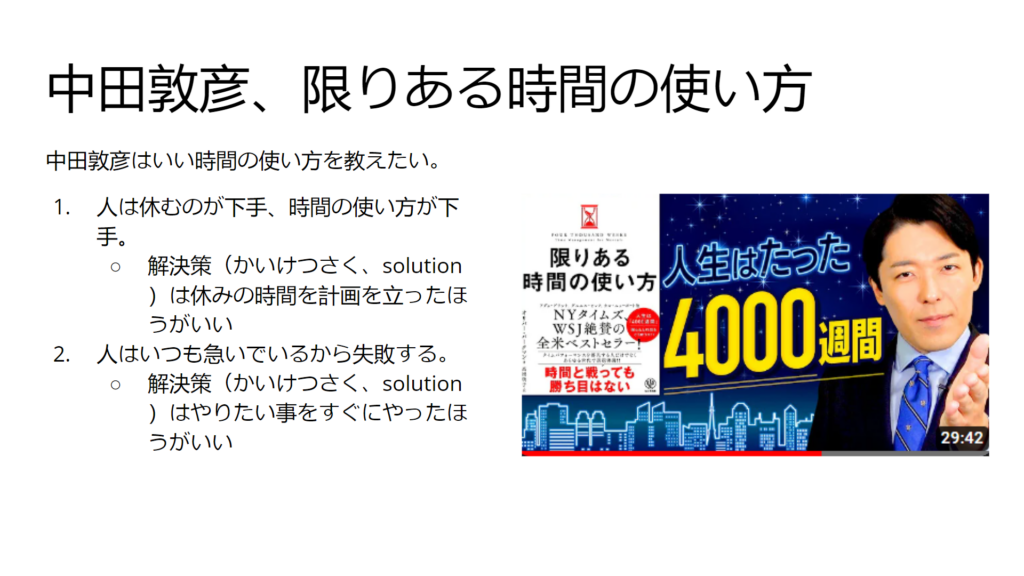
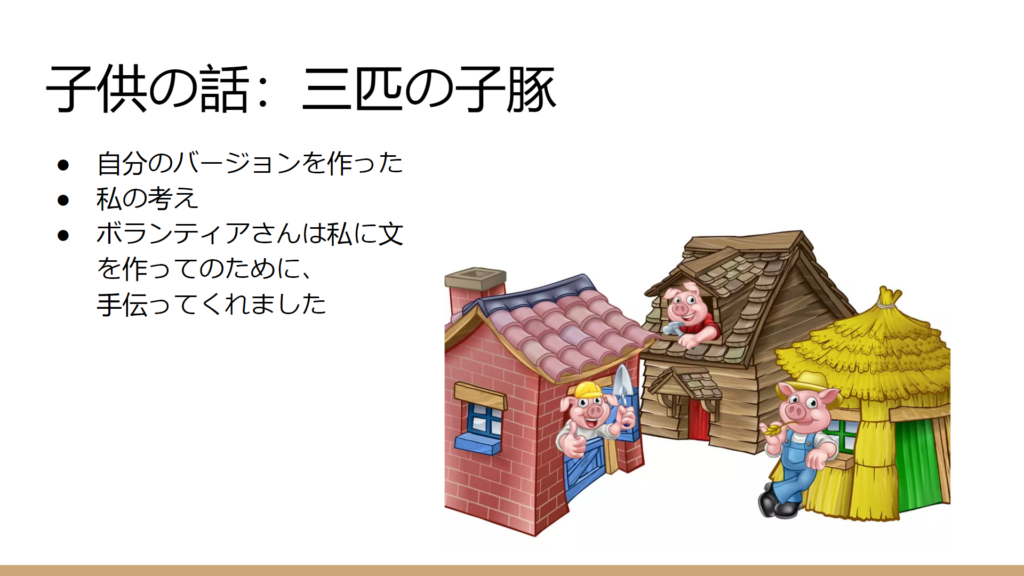

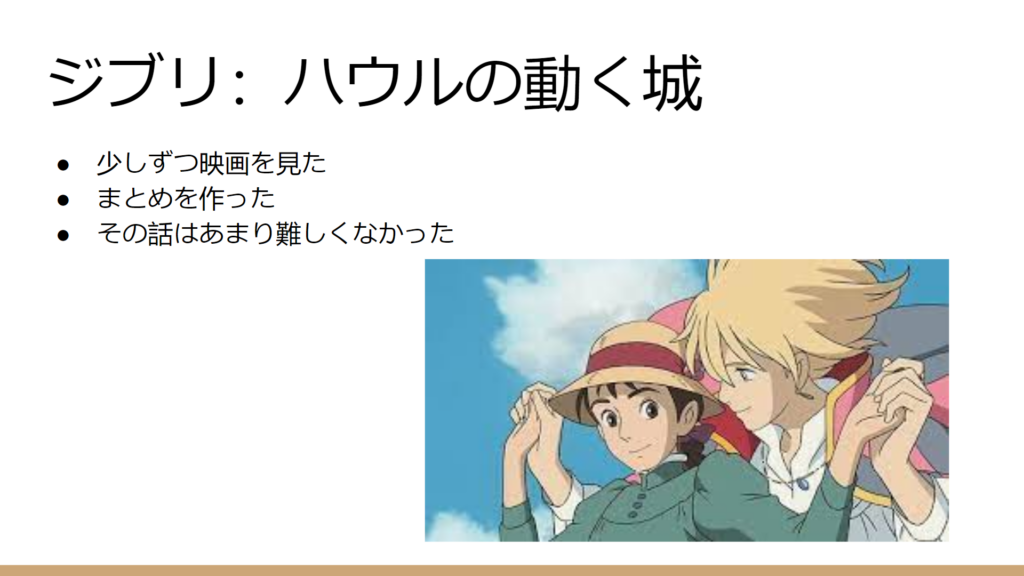


School trips
Apart from these courses, we also had a few school trips in different places, Tokyo and aside. We had for example a trip to watch a Kabuki play in the evening which was very interesting to see even if it was hard understanding what was being said because of the old Japanese used in this kind of plays. Outside the Kabuki building, we took my favorite picture of my whole 3-month time in Japan. We also had a trip we prepared ouselves in Harajuku to be able to witness the old and modern sides of this district which is something that we can find a lot in Tokyo, as well as another one in Yokohama.
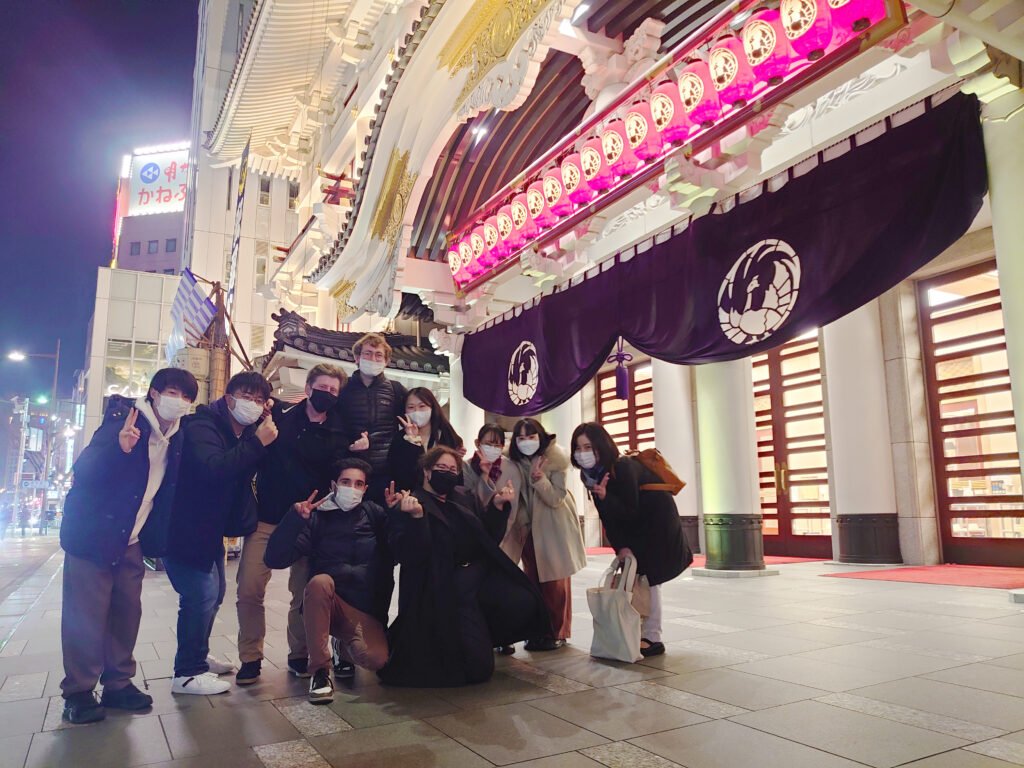
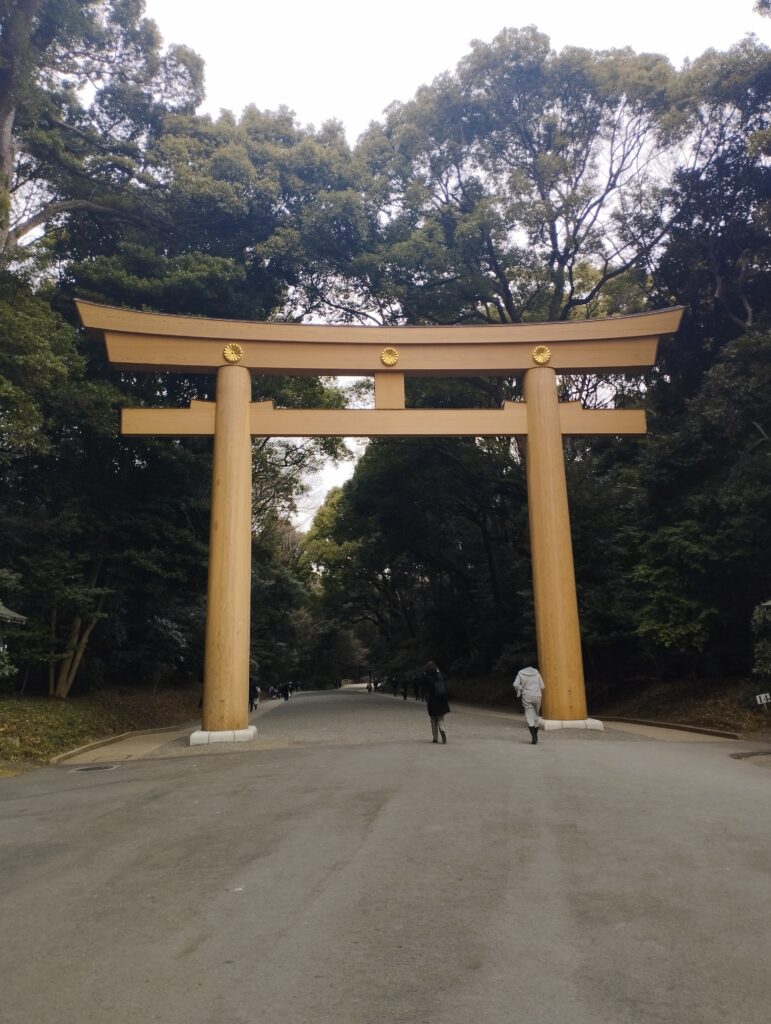
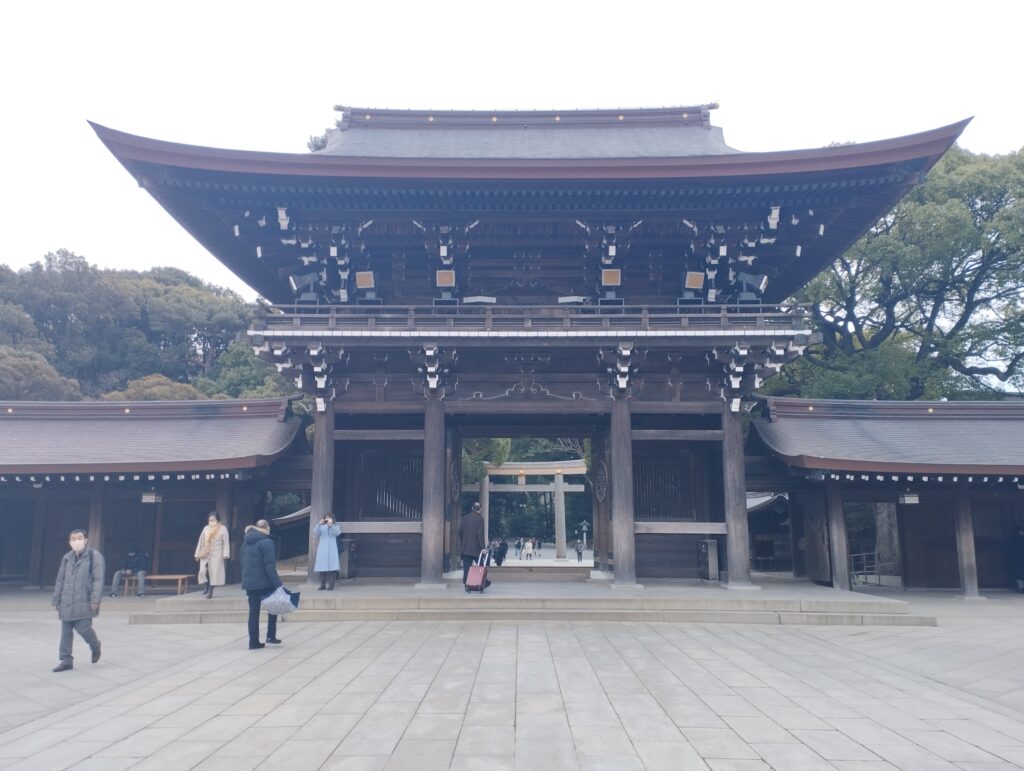
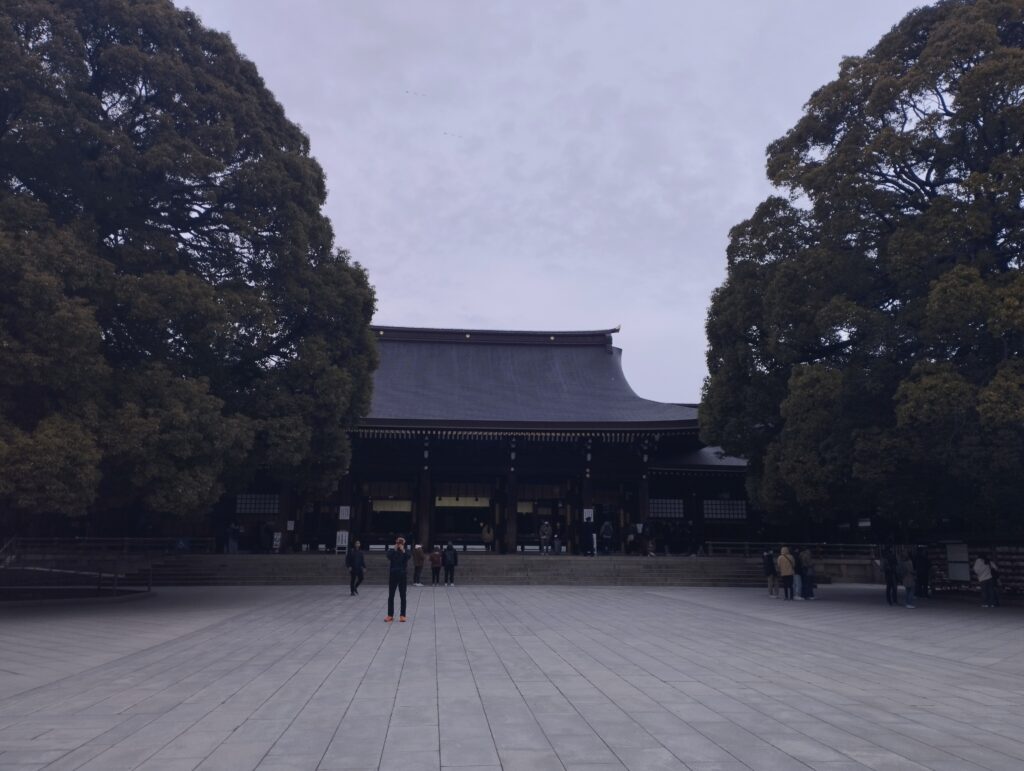

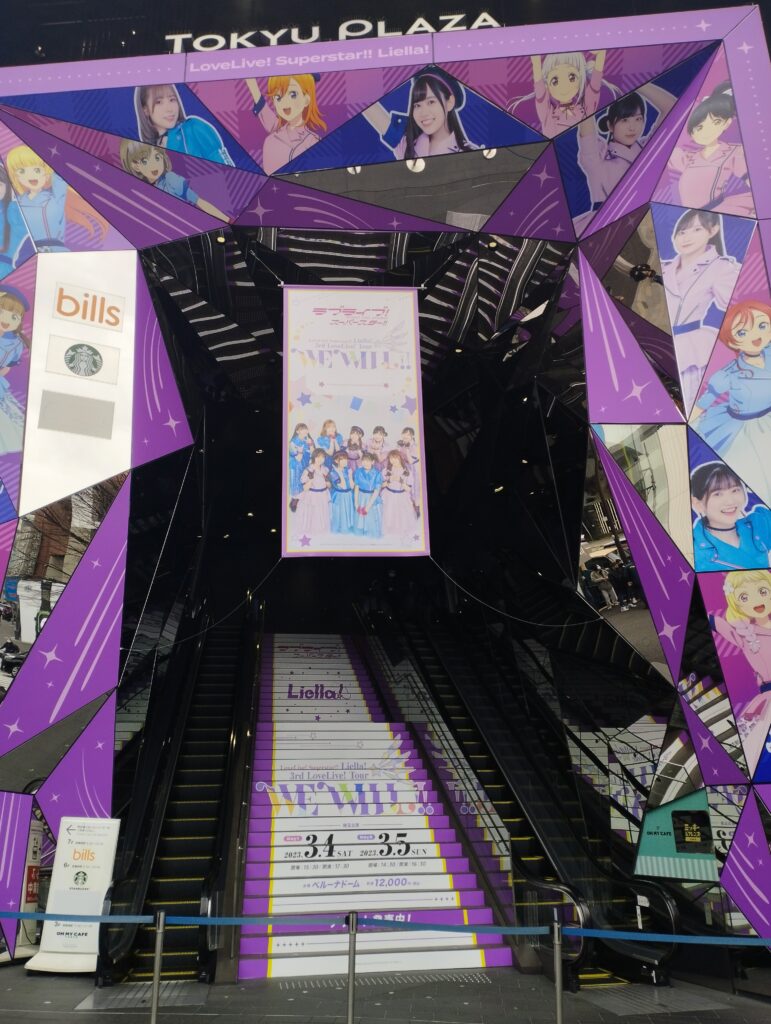
Conclusion
To conclude, I definitely could fulfill the main goal of this trip which was Japanese language learning as well as witnessing myself the cultural differences and to see if I liked the life there or not, and the answer is an undoubtful yes. I want to give a special thanks to everyone who was aside us from the university, from office workers who helped us a lot in everything we wanted to do, to teachers that were always very energetic, smiling and giving their all to help us as well as to volounteering Japanese students thanks to whom we could learn even more Japanese, build great friendships and spend some great time all together in Japan !
